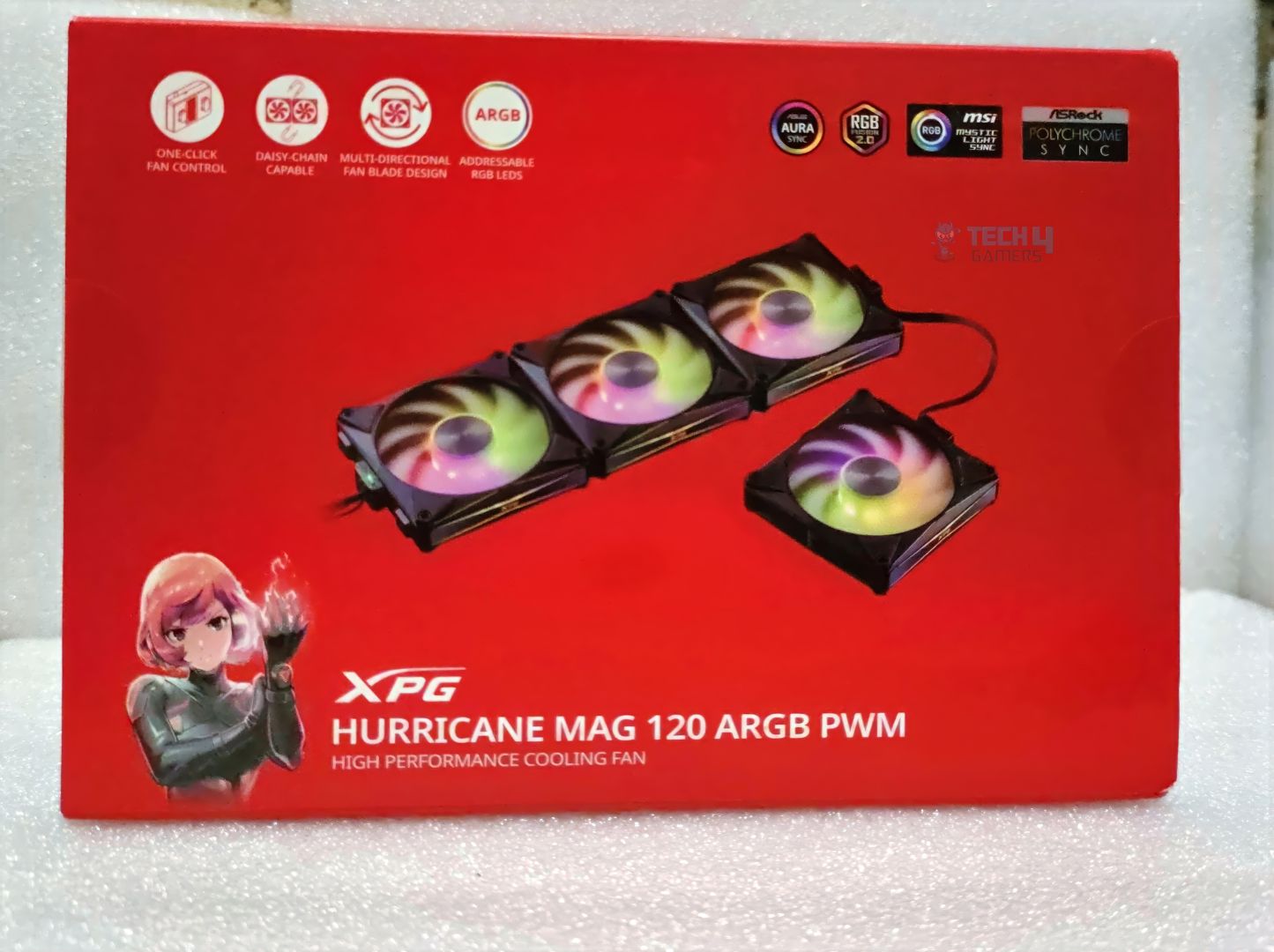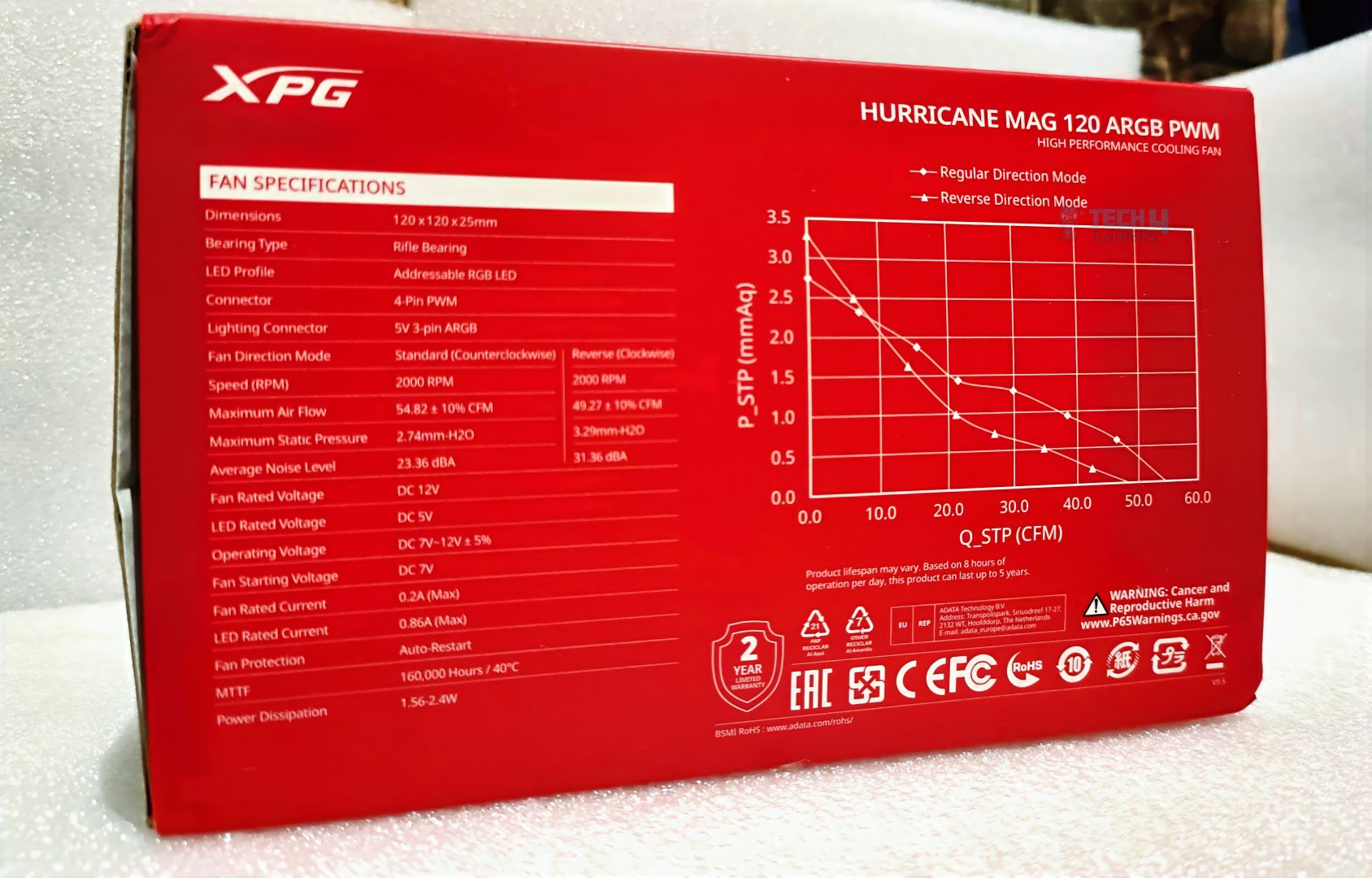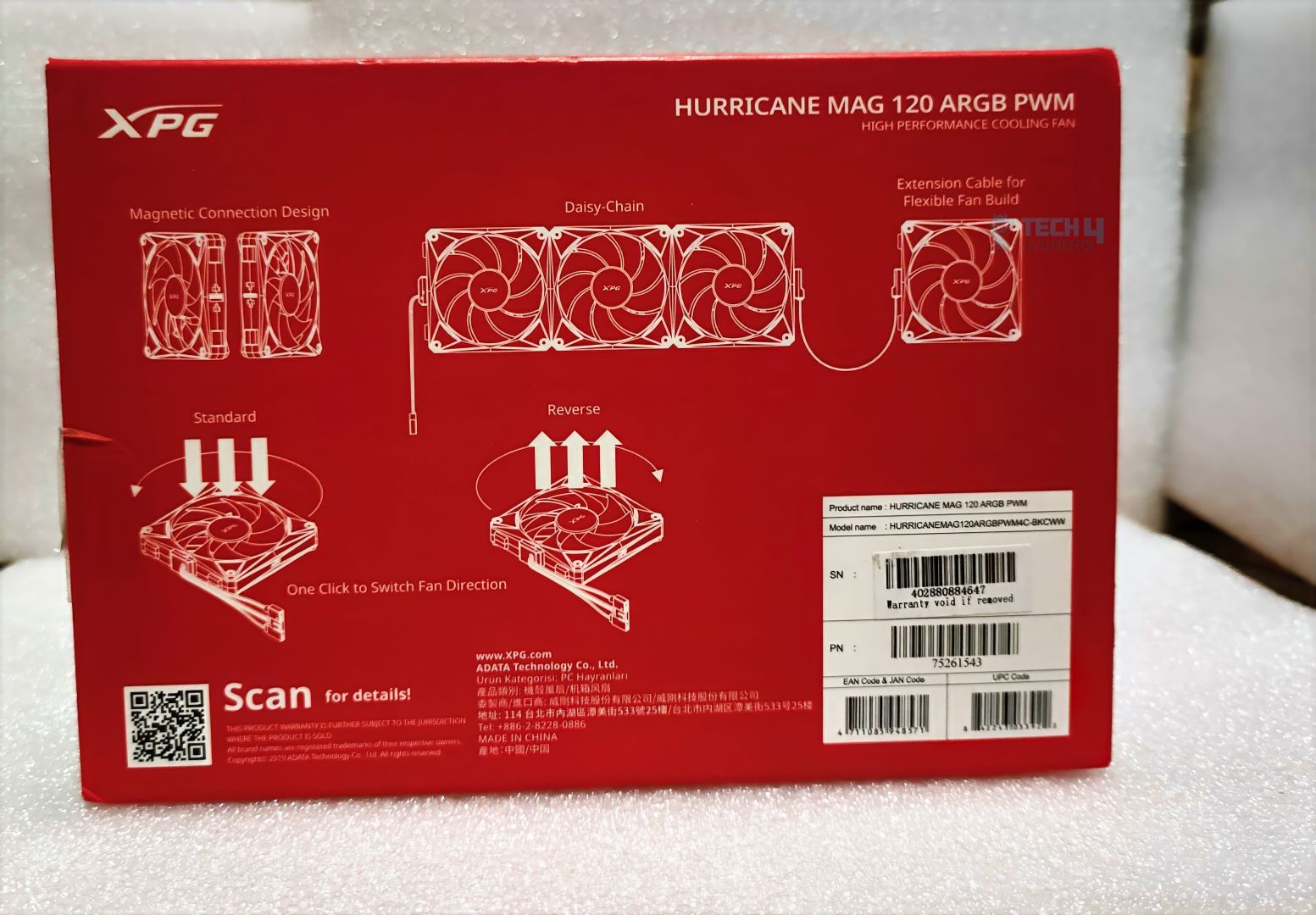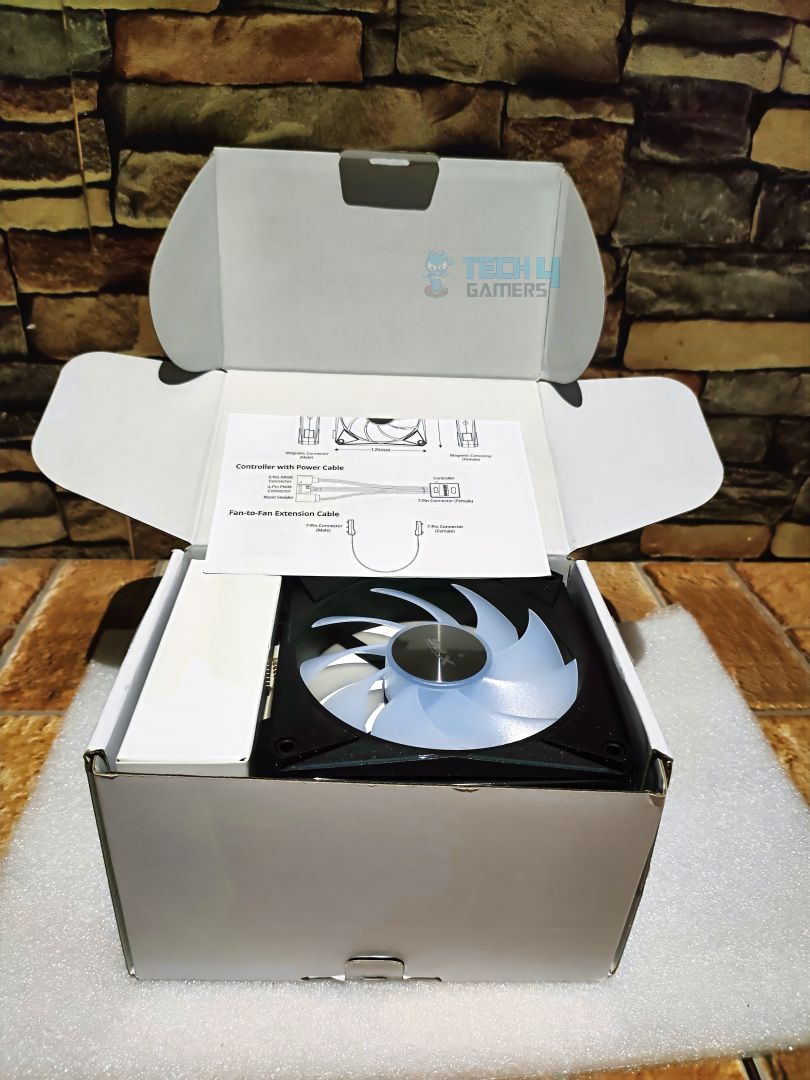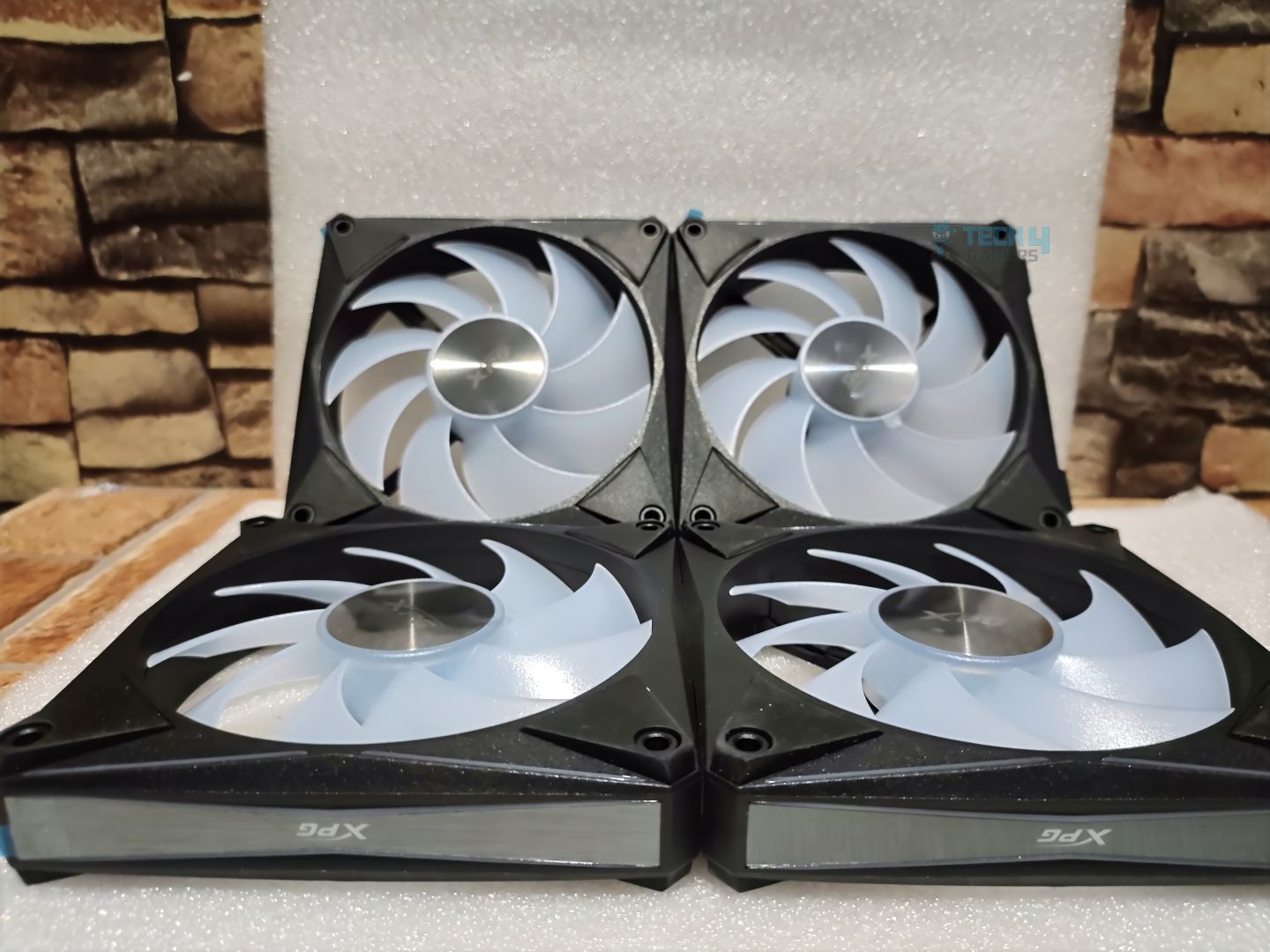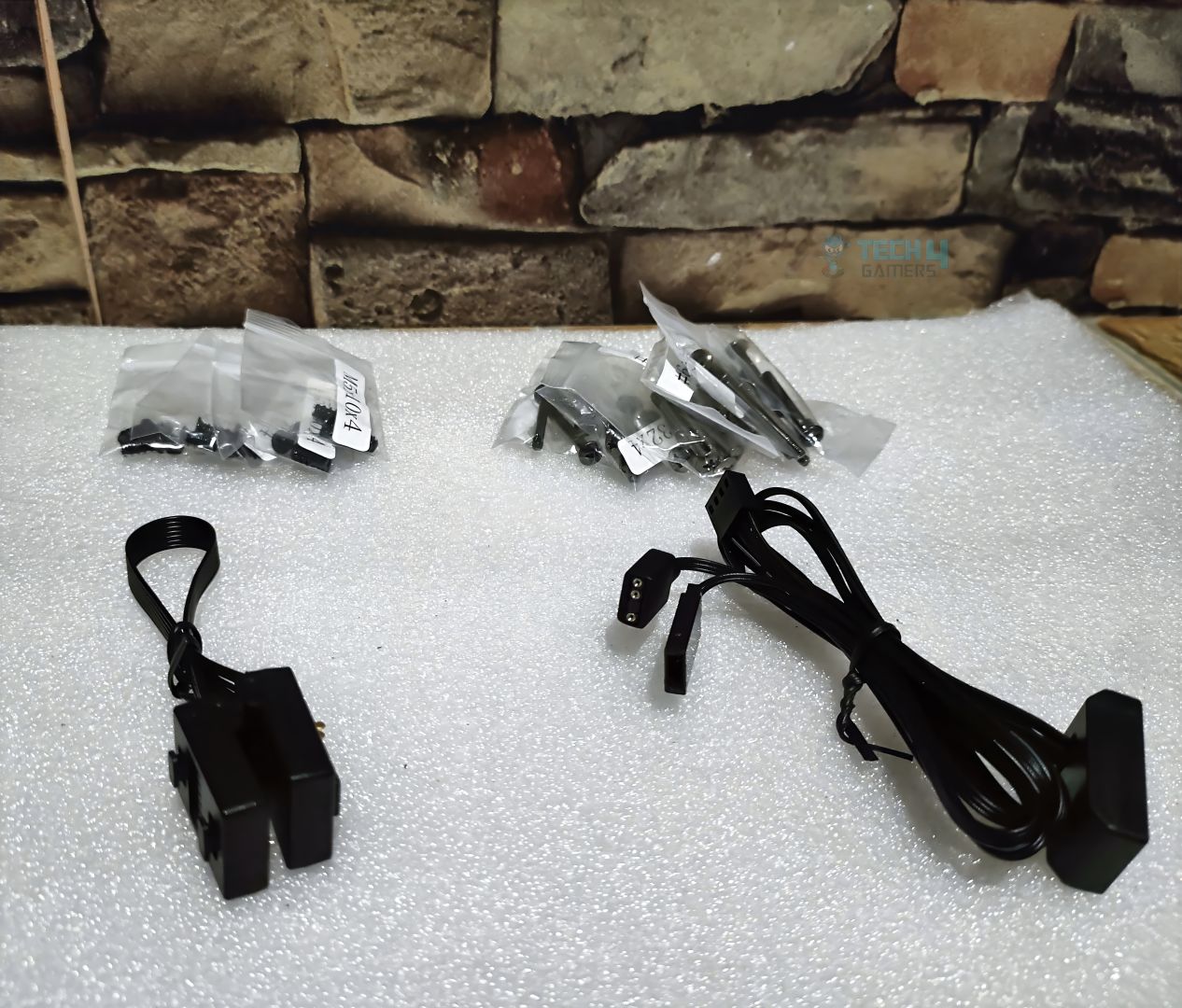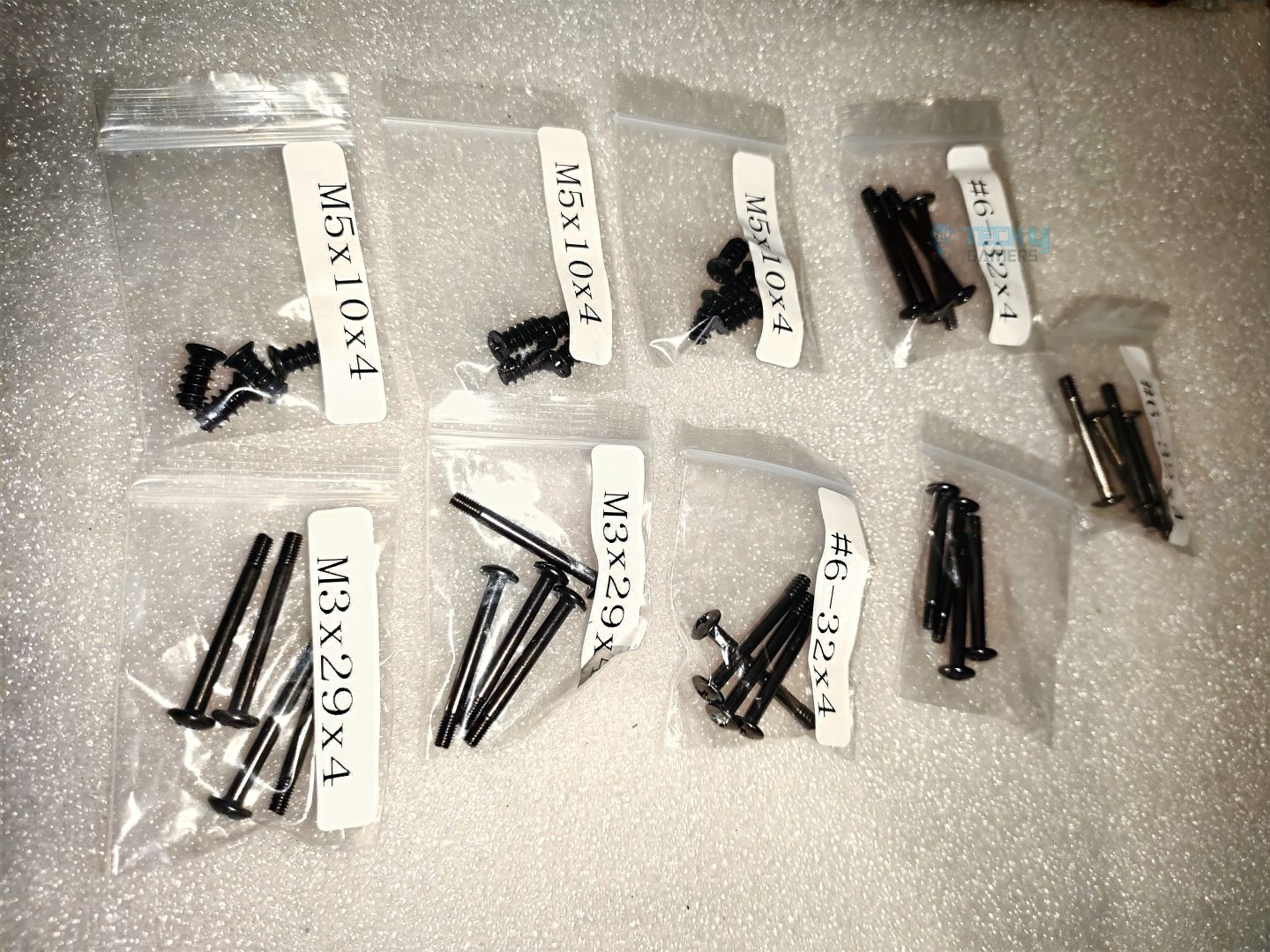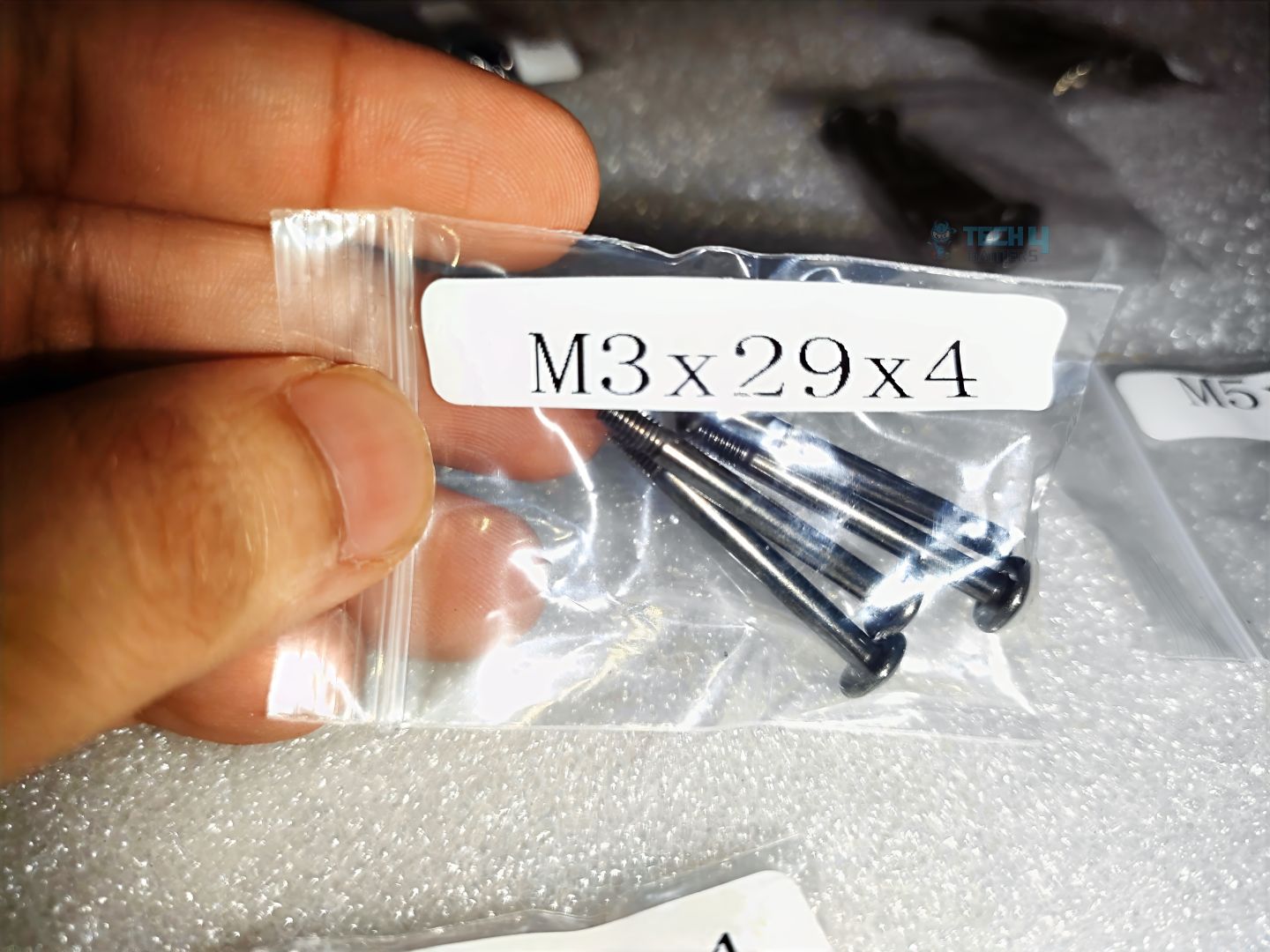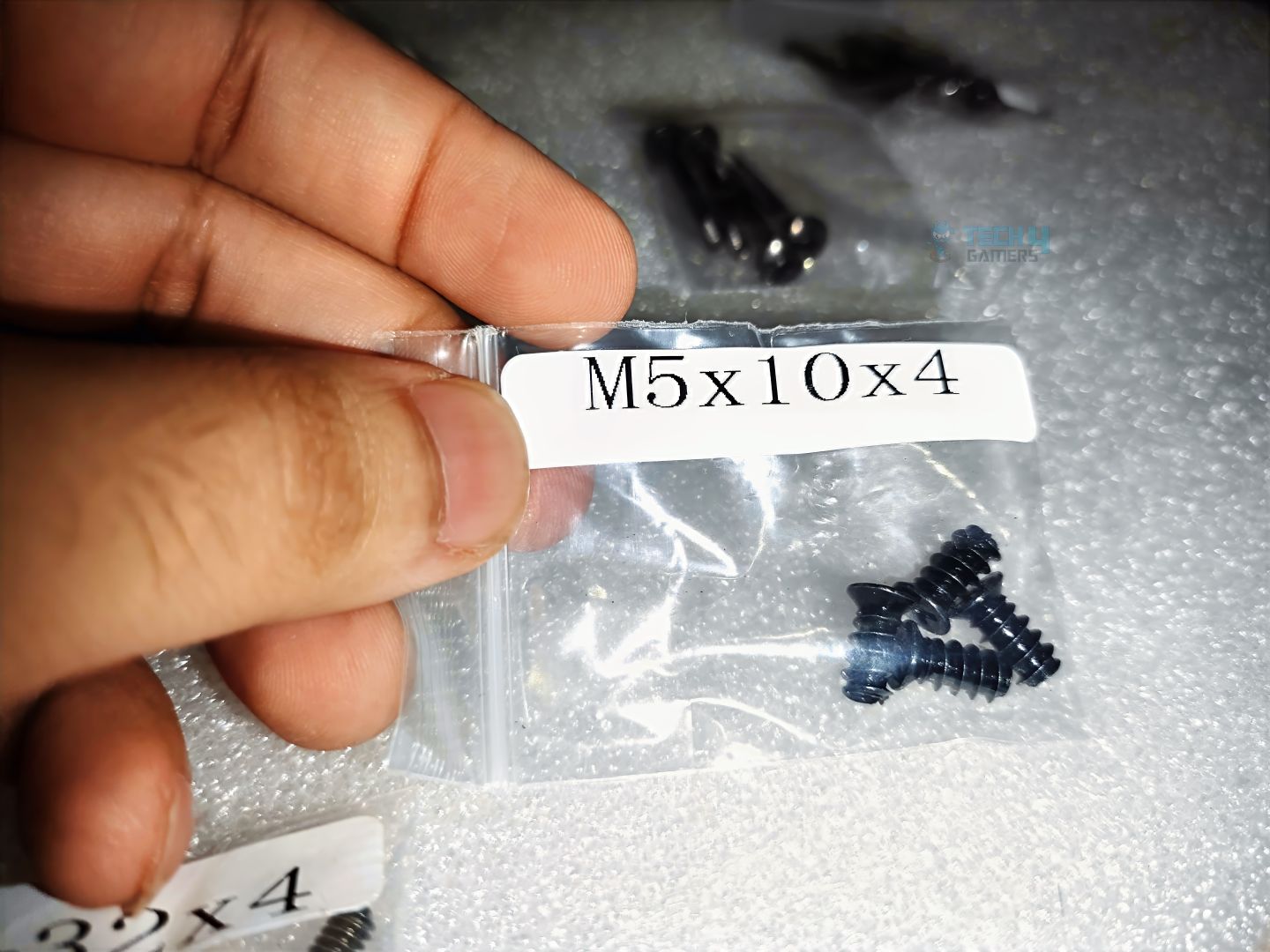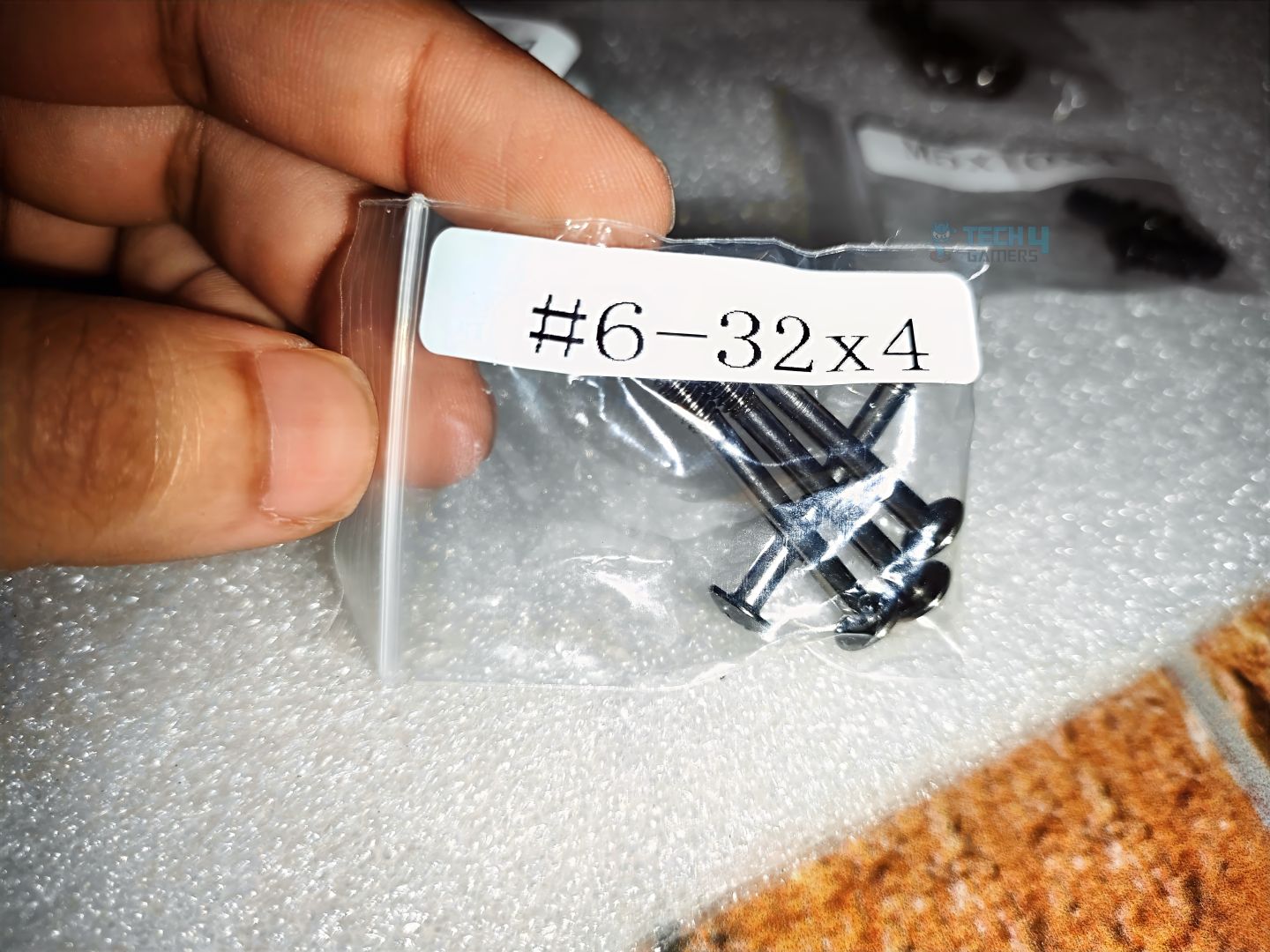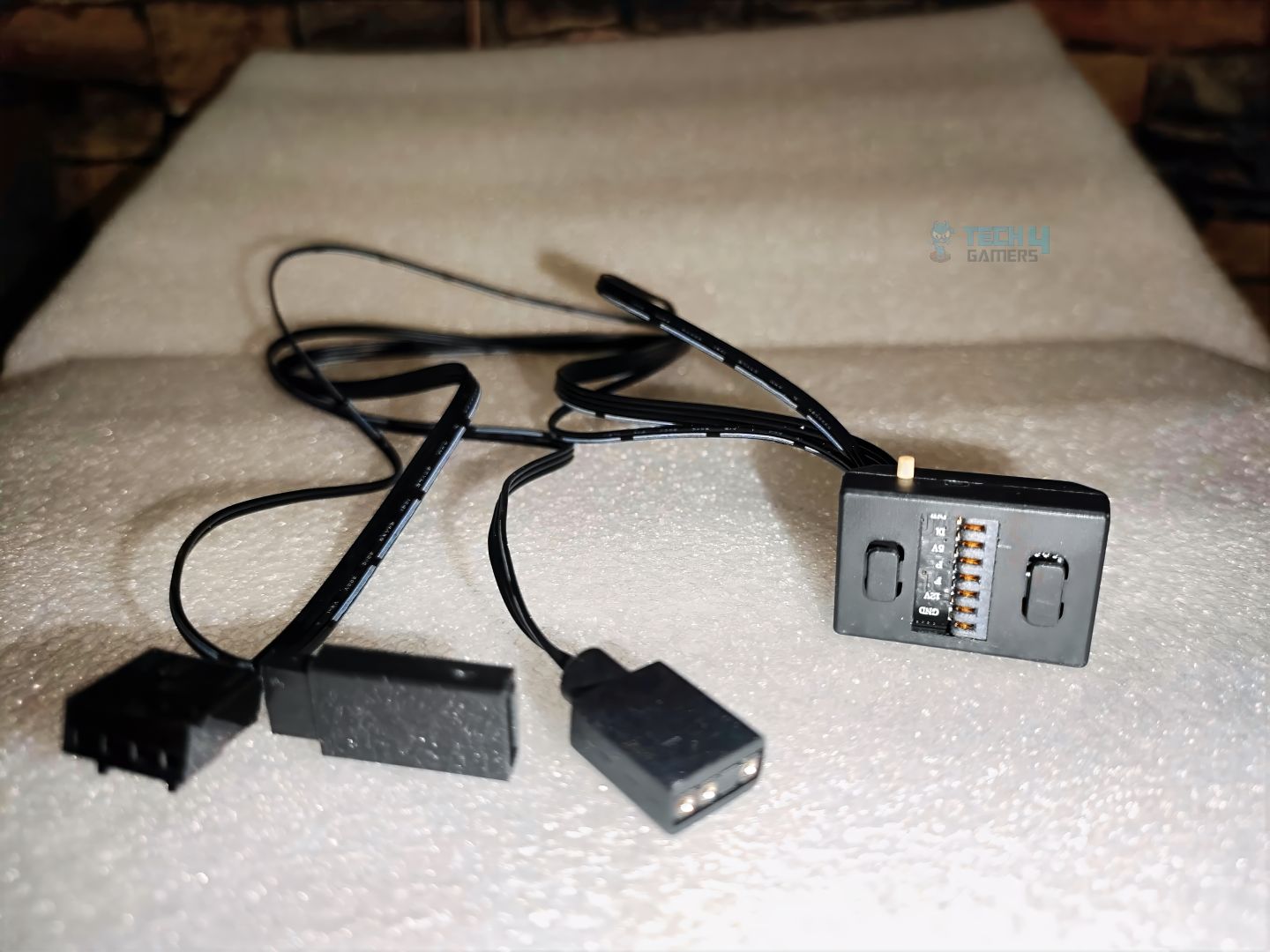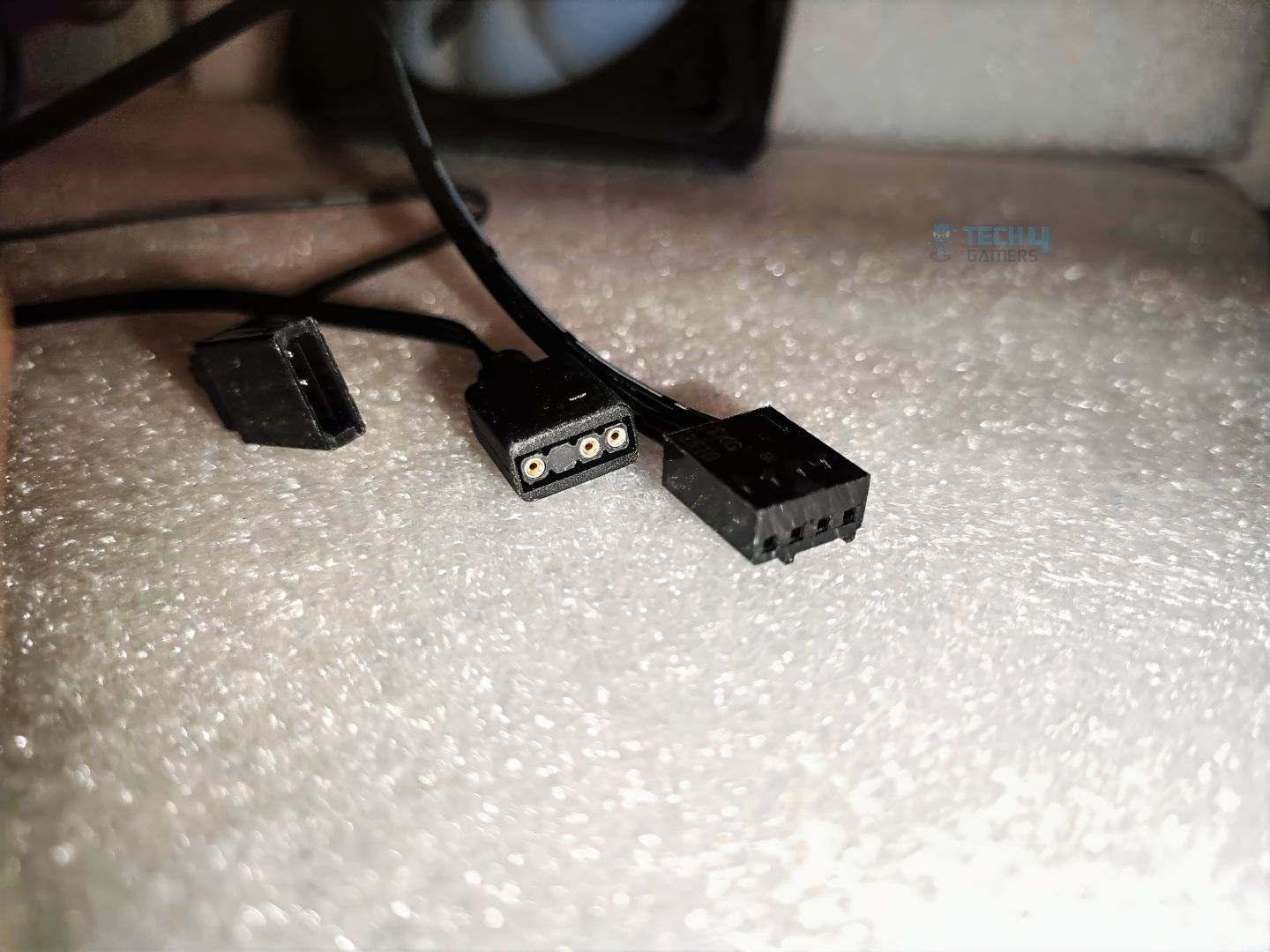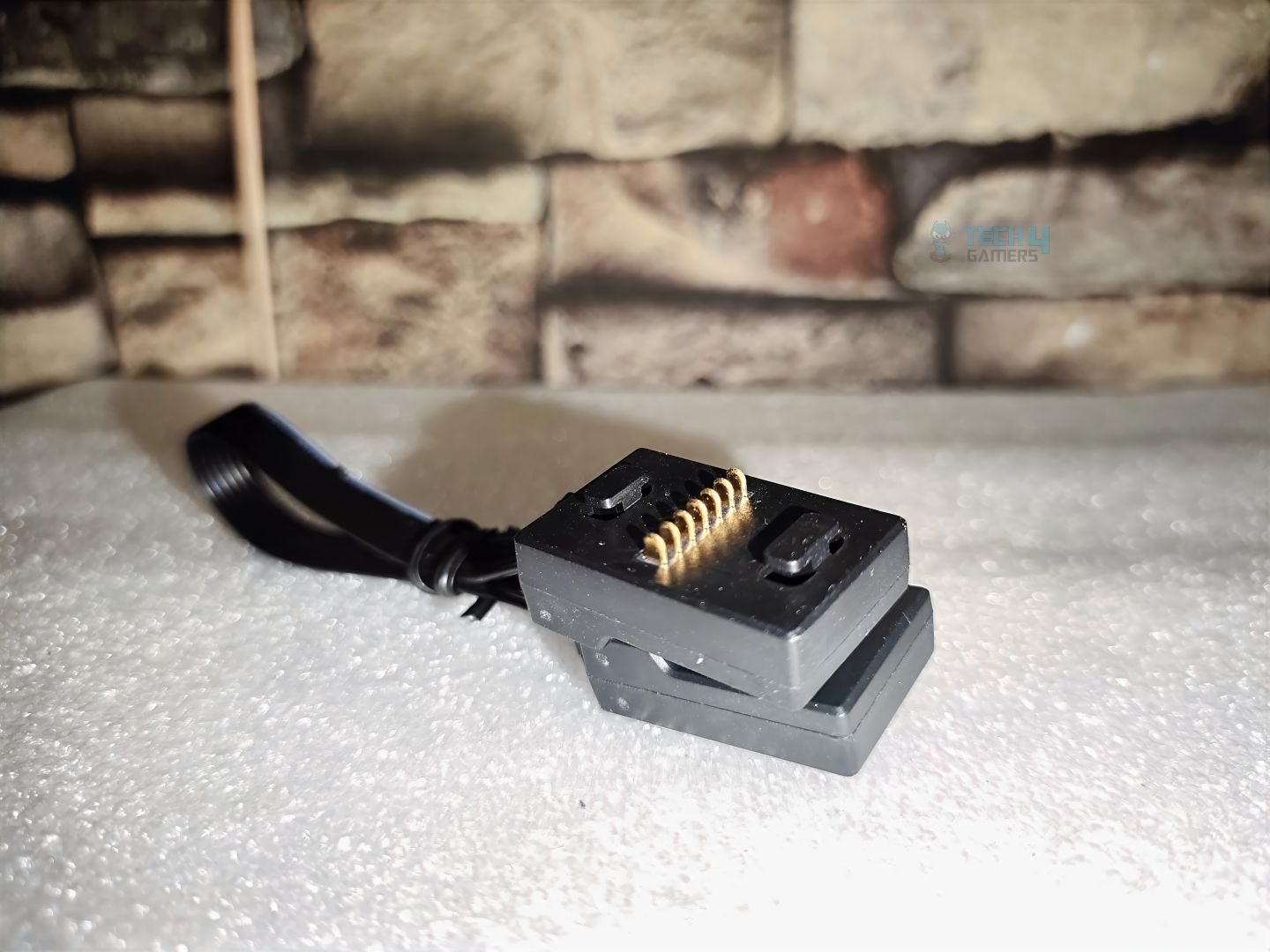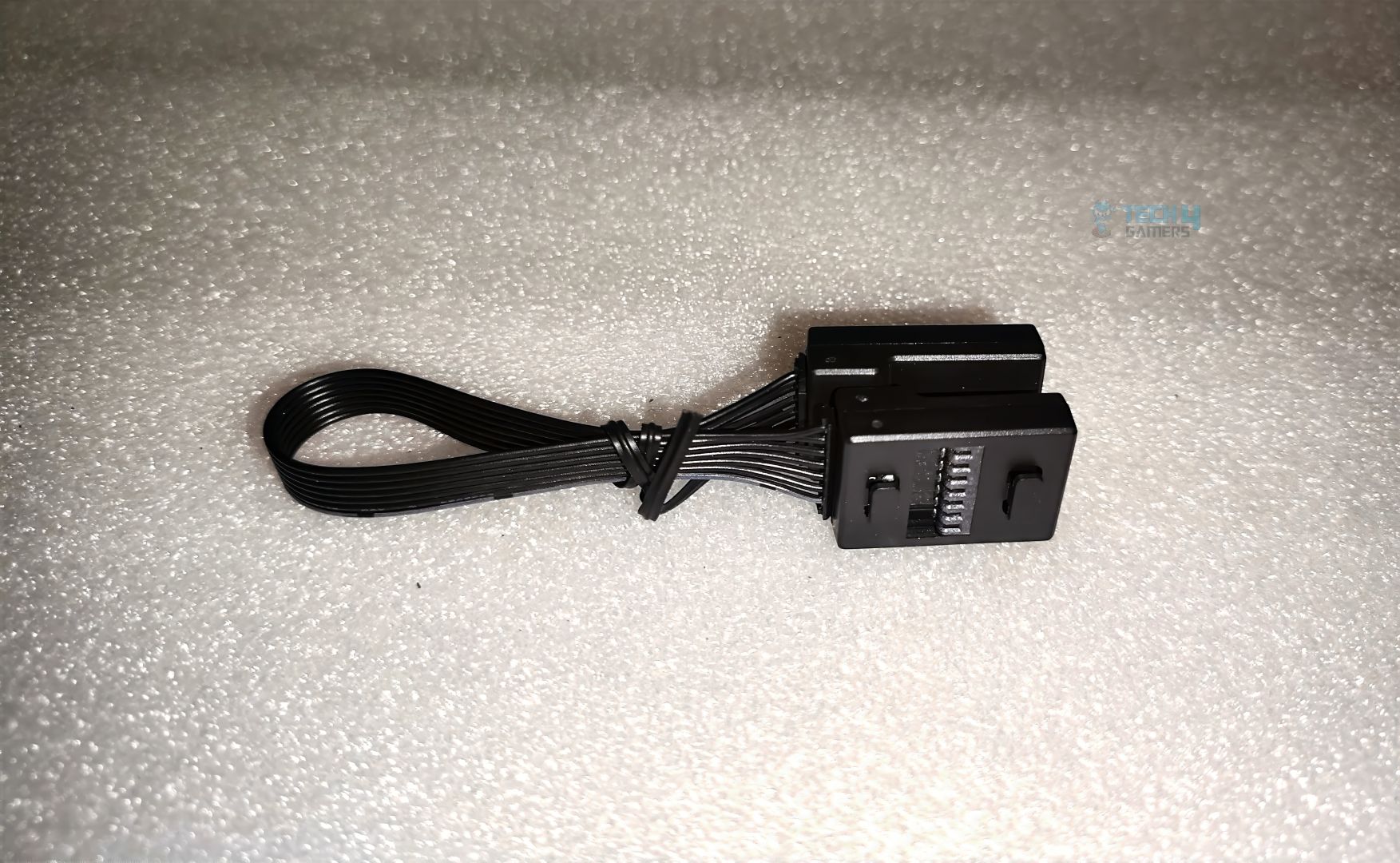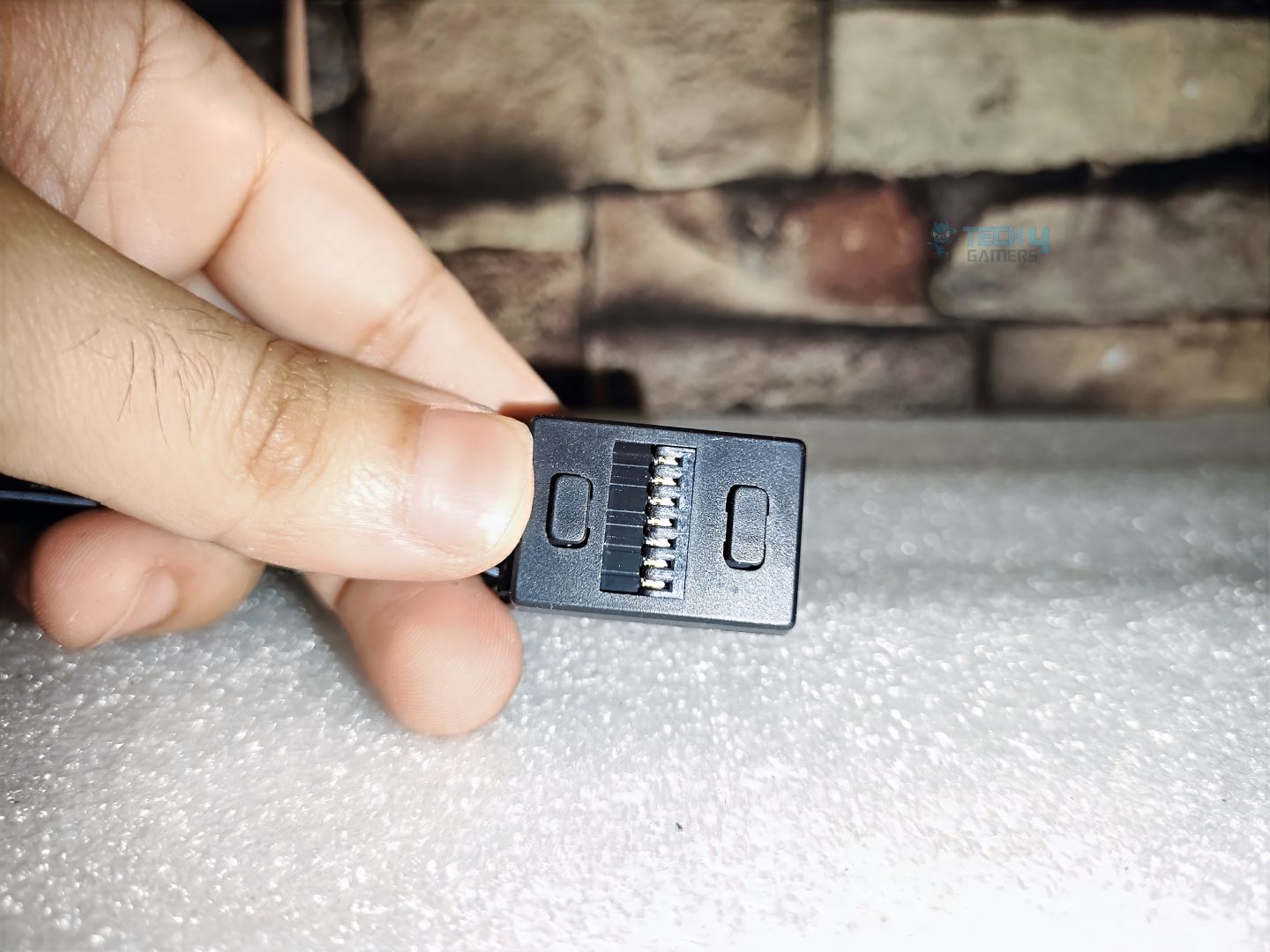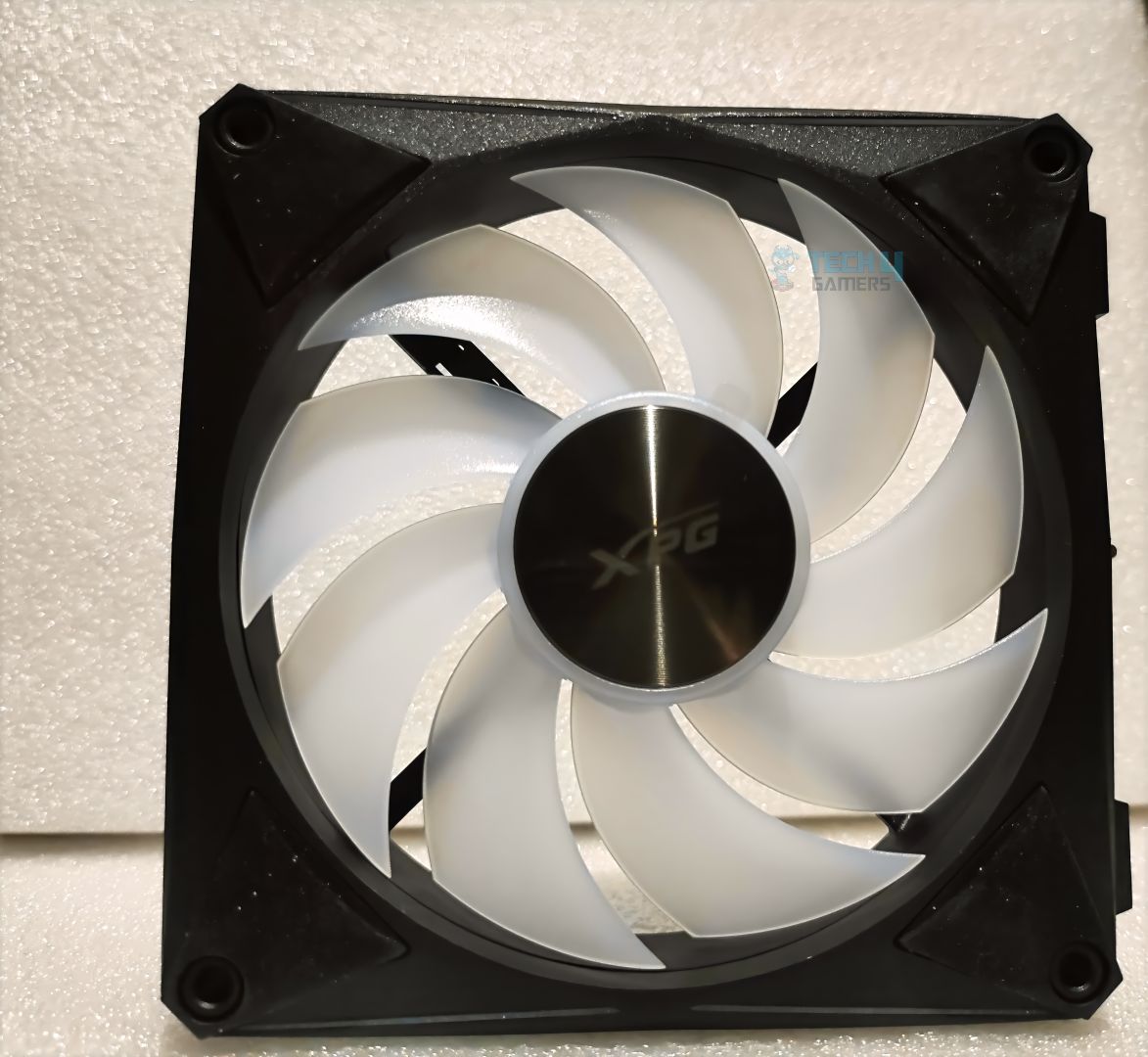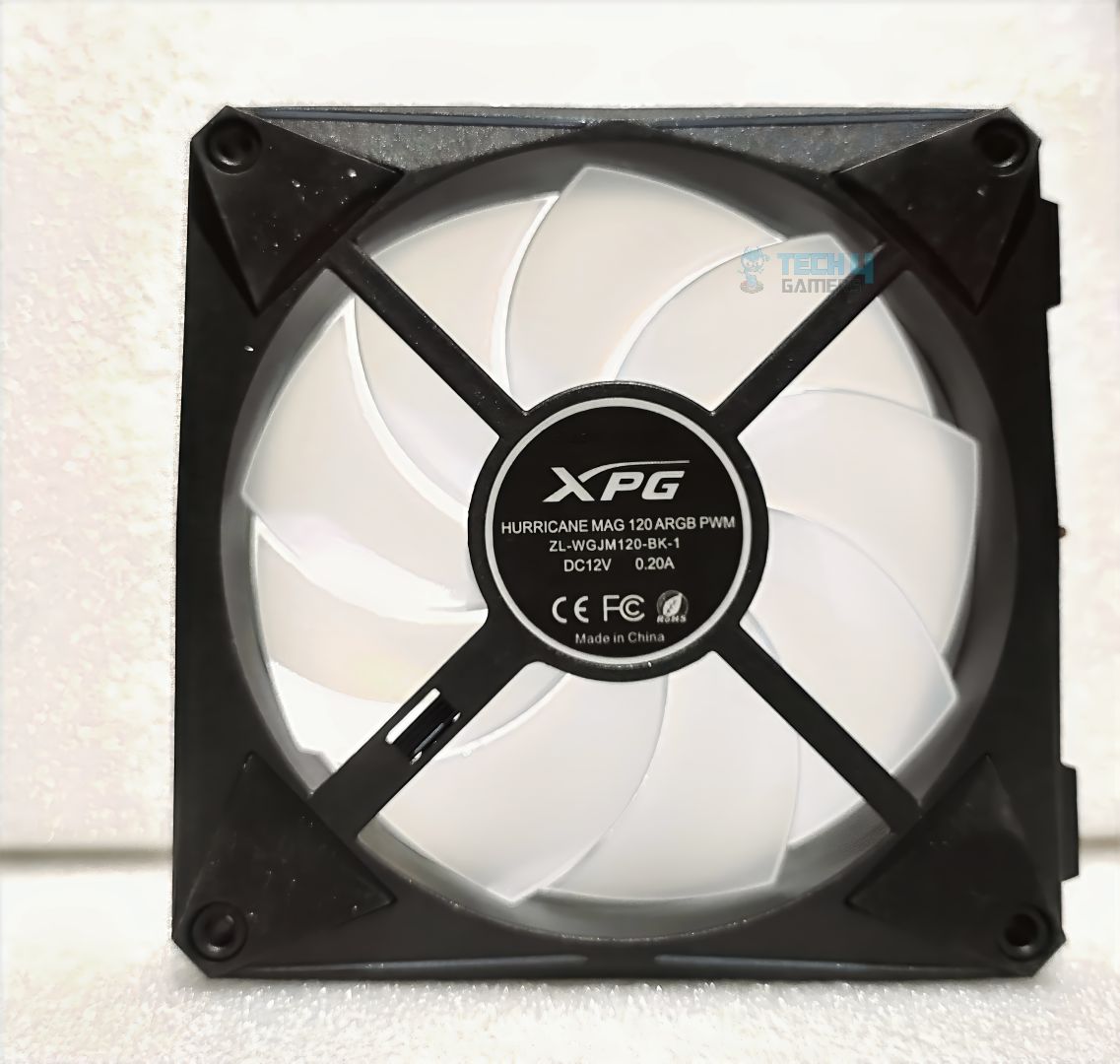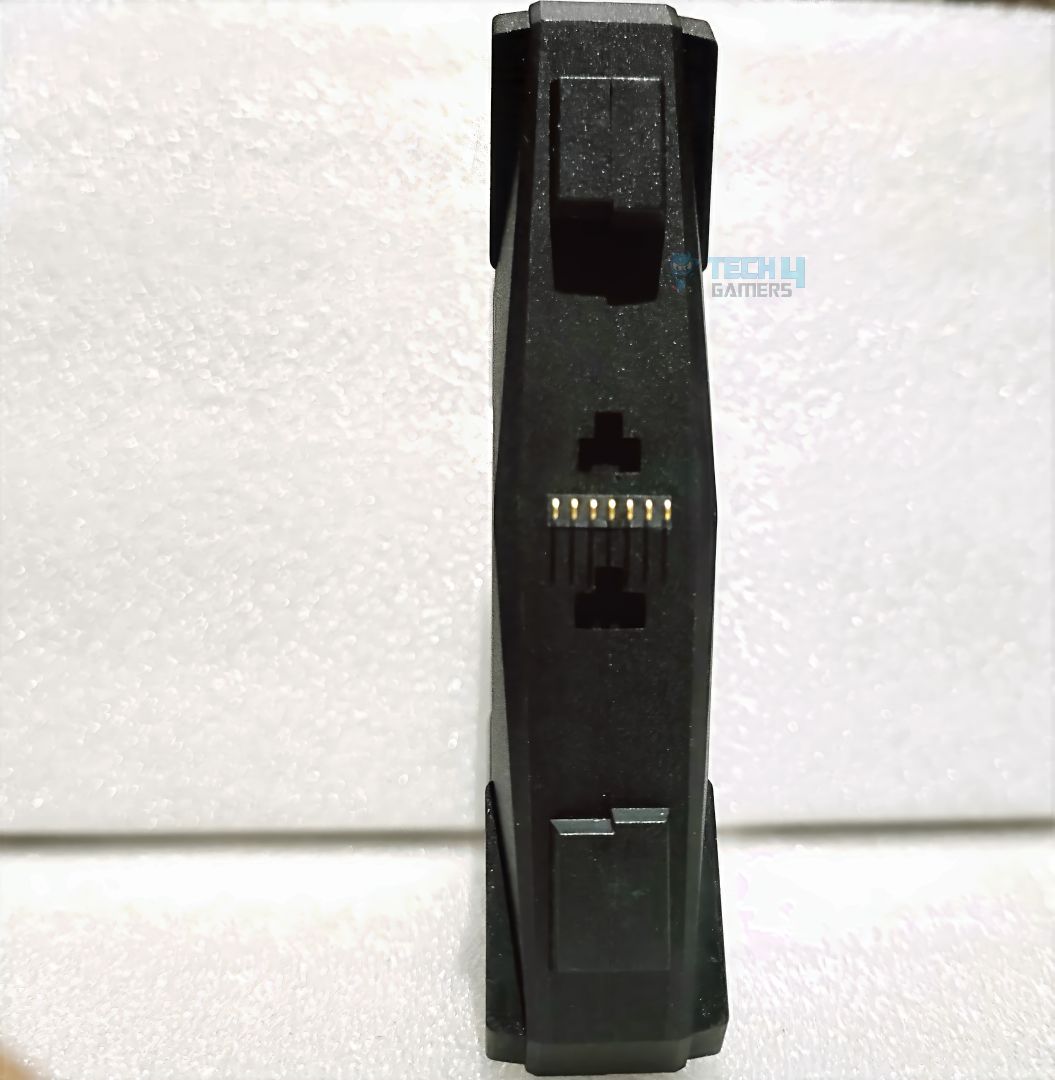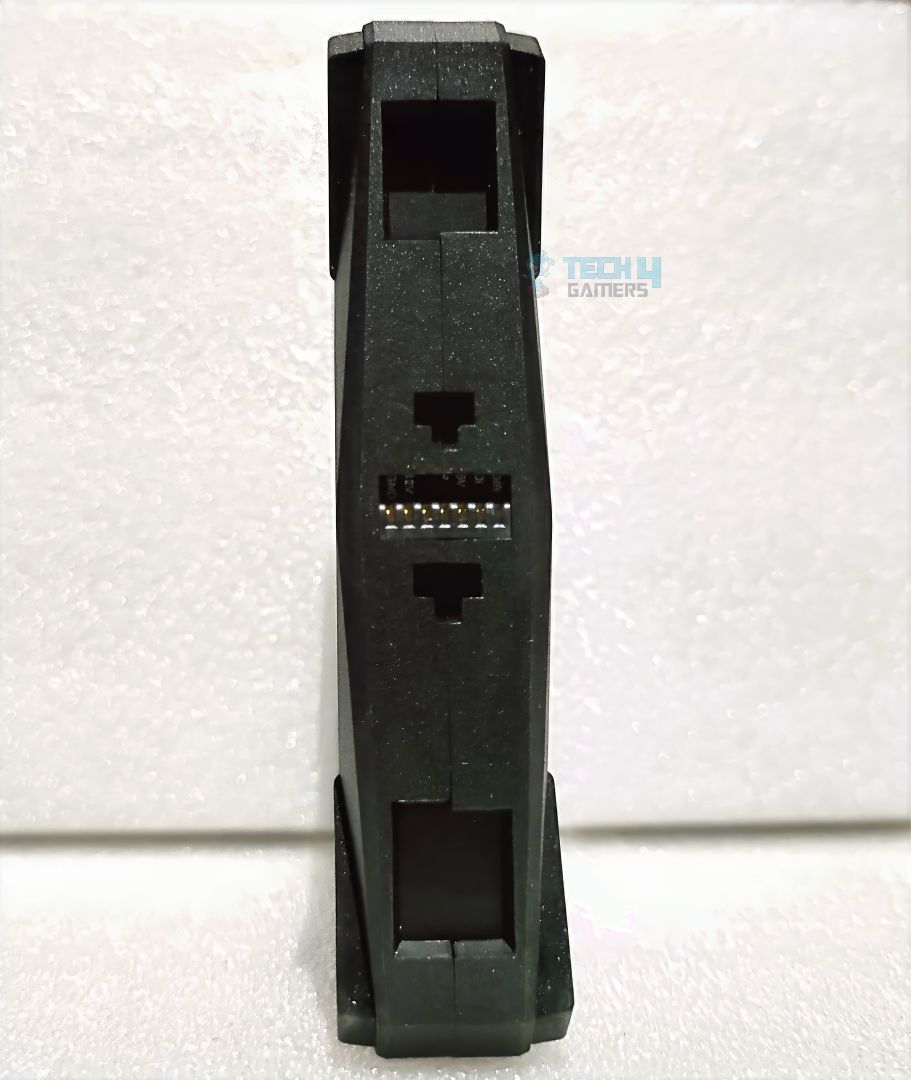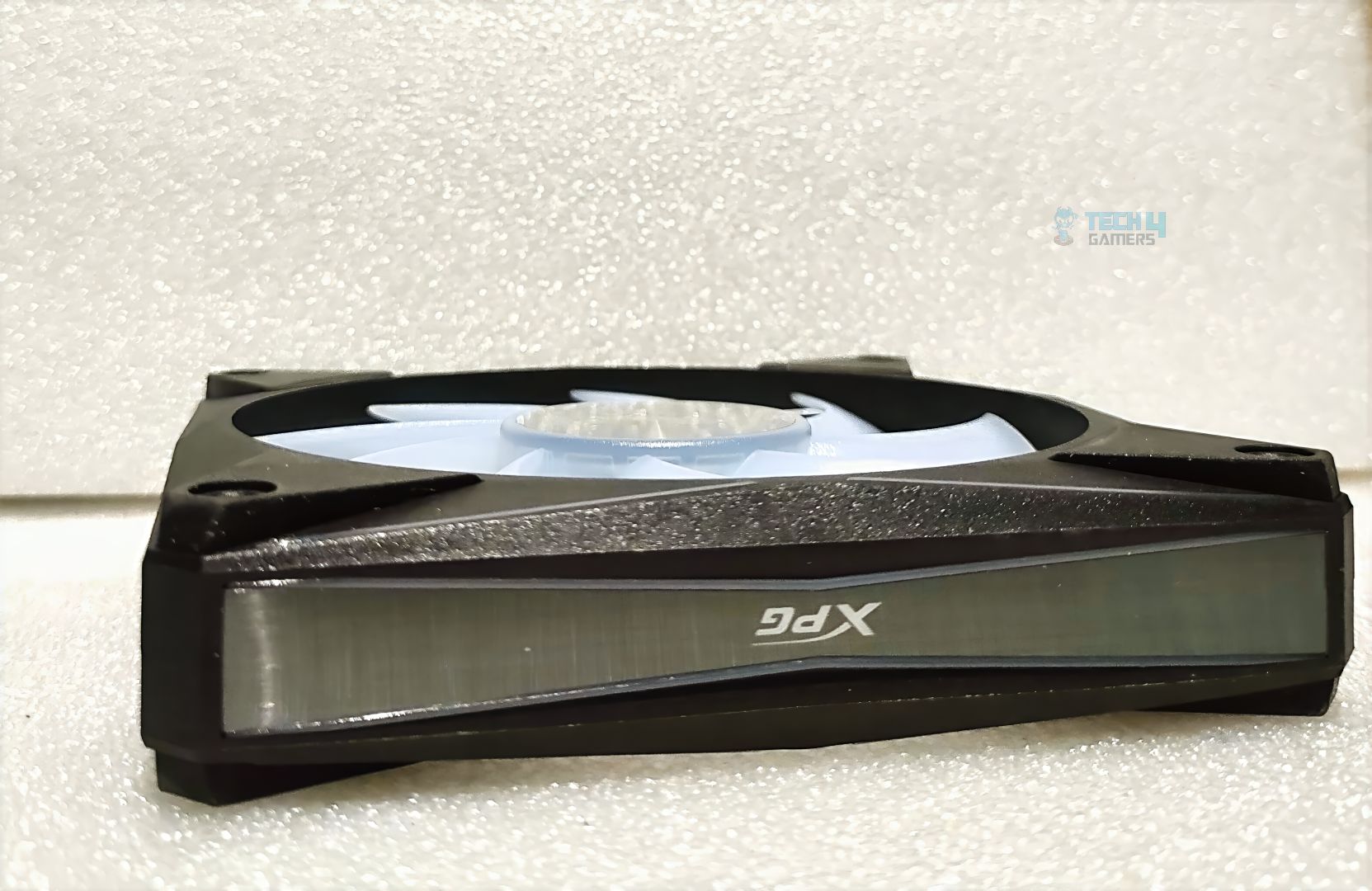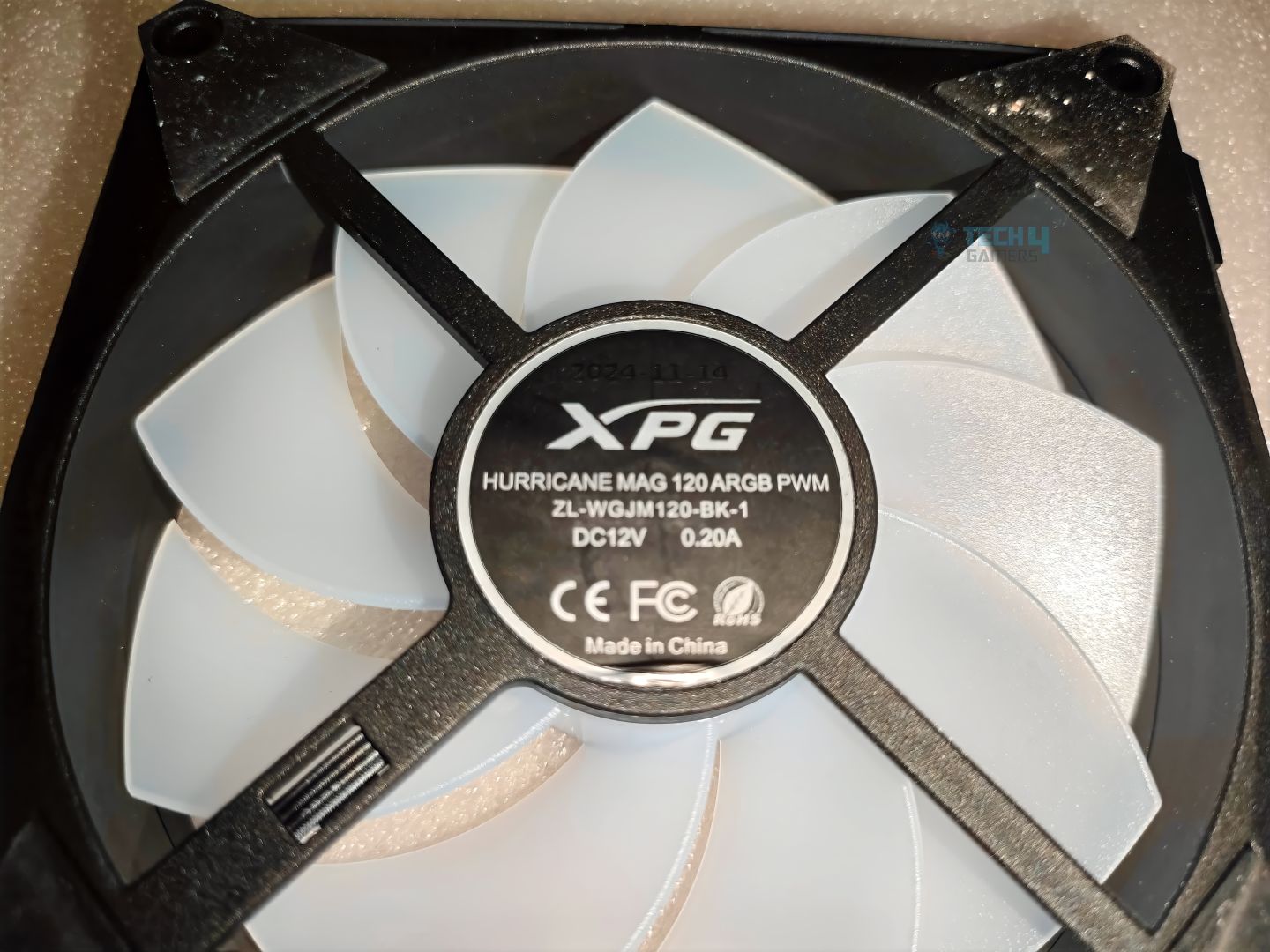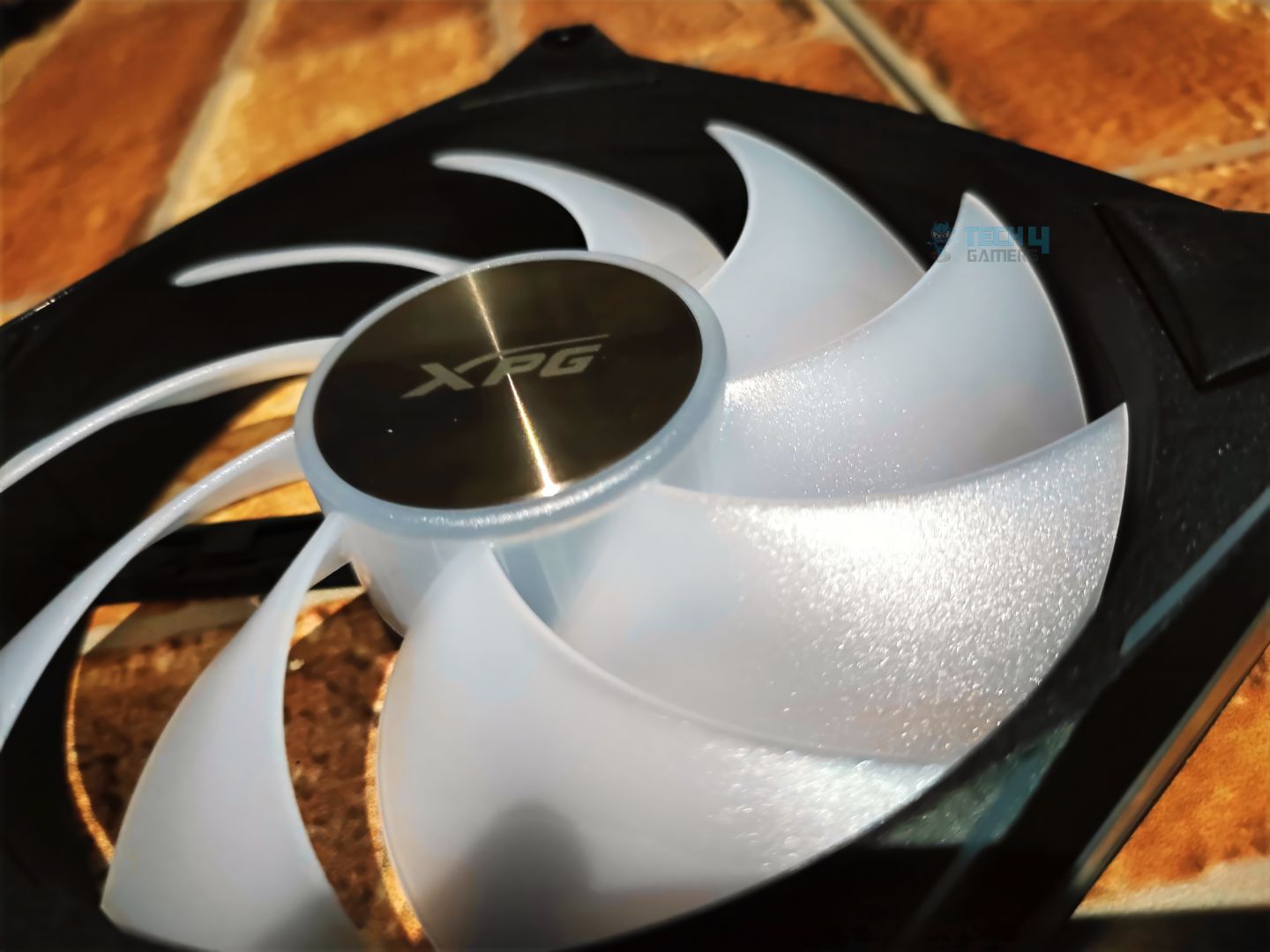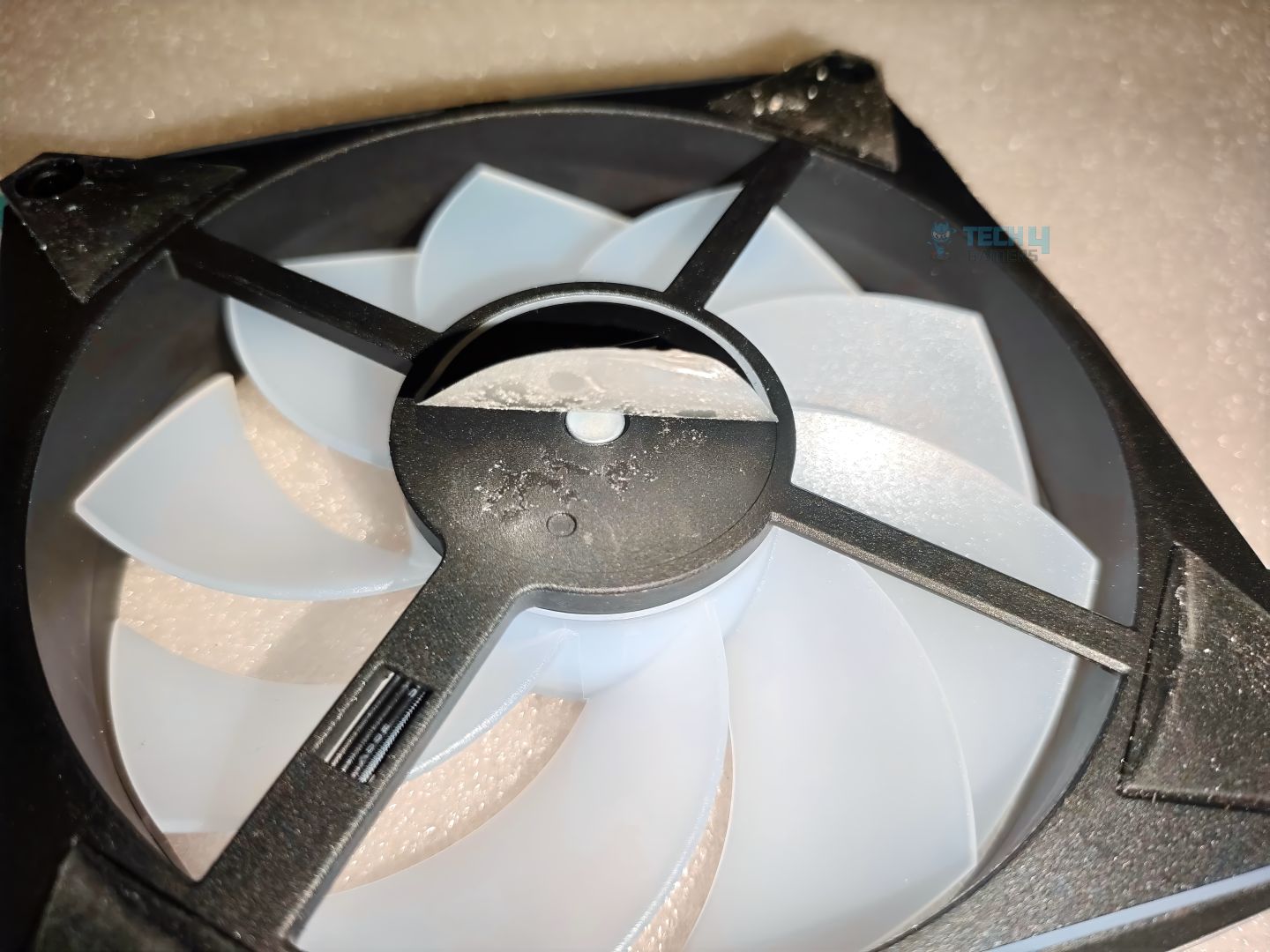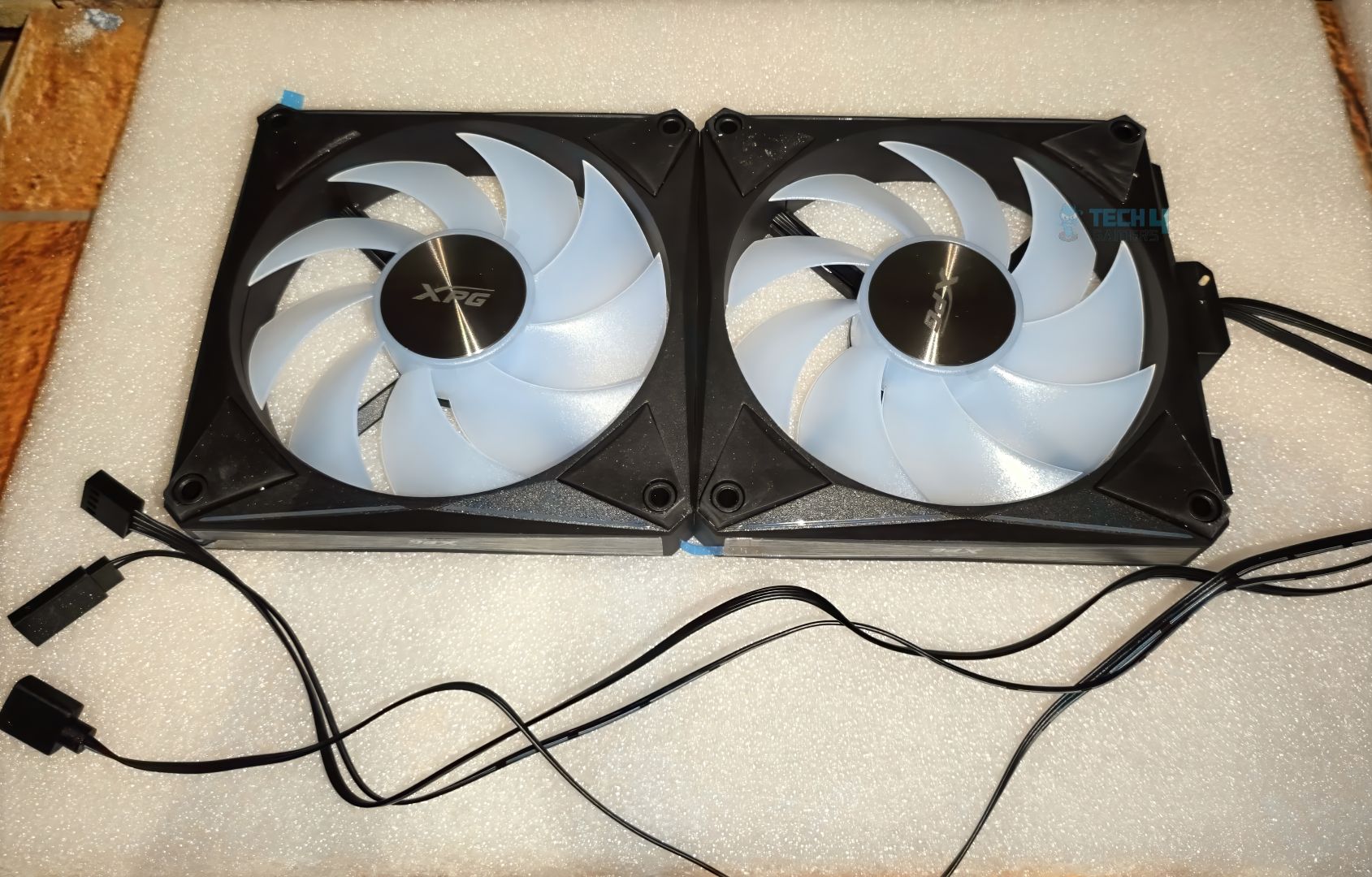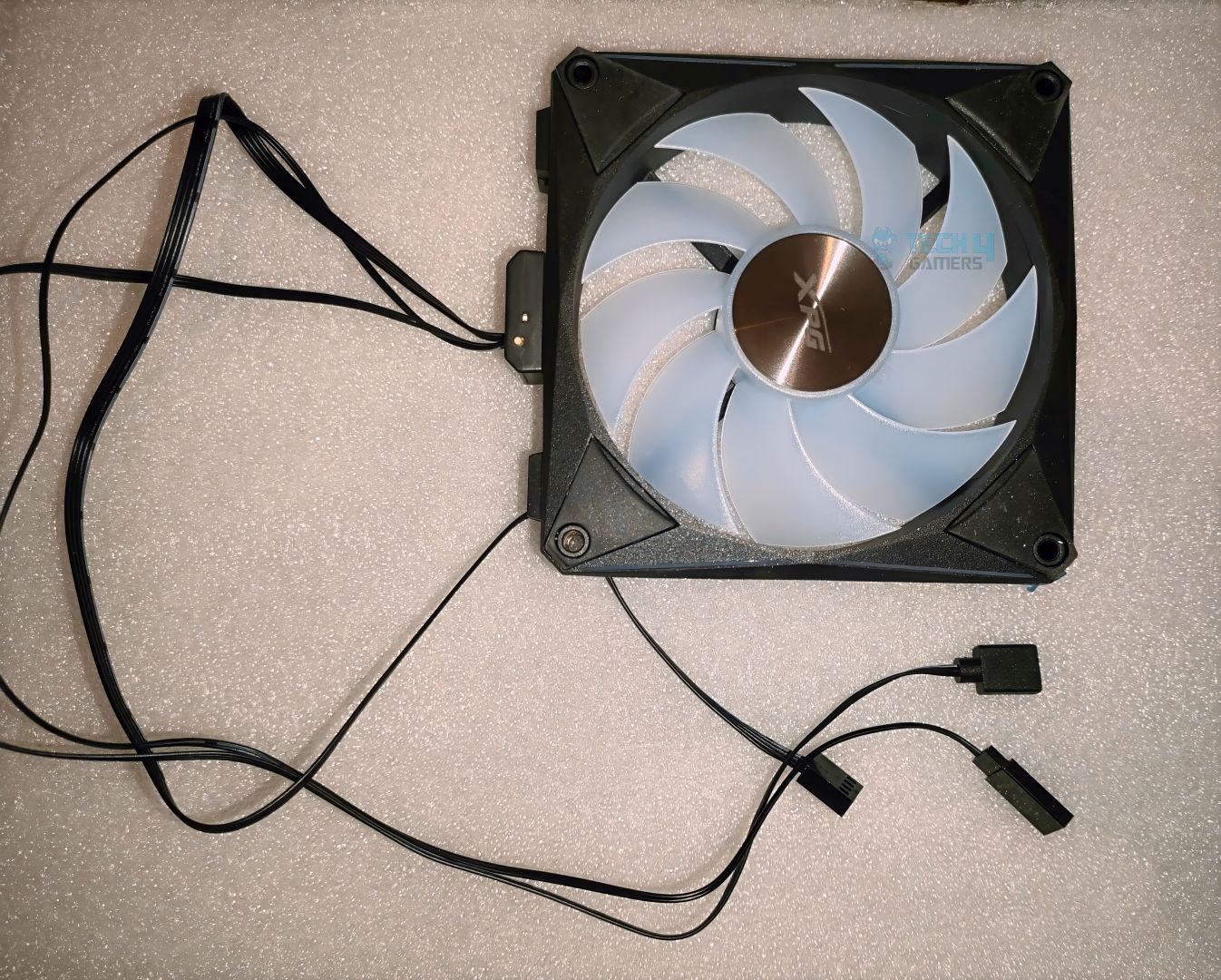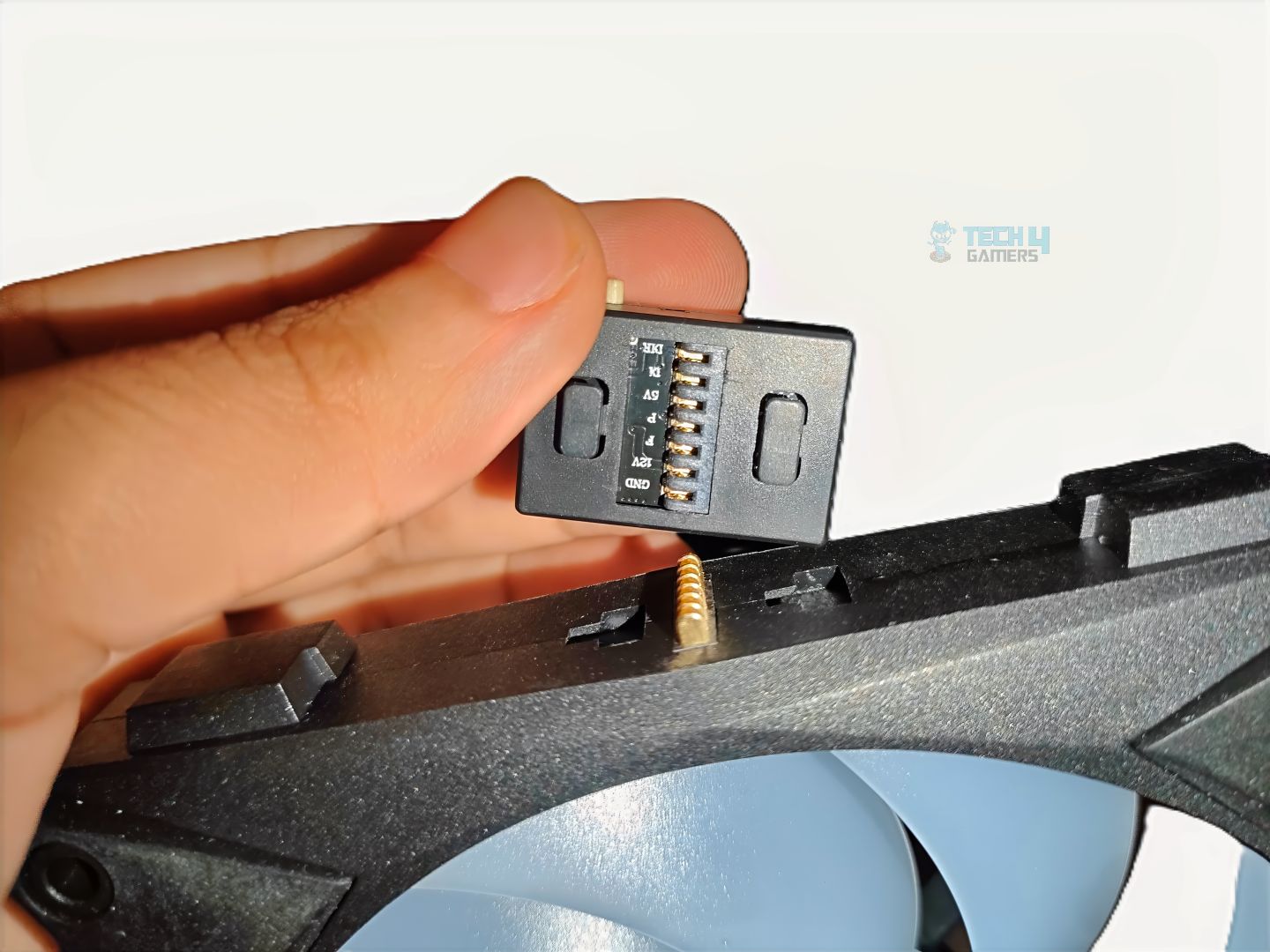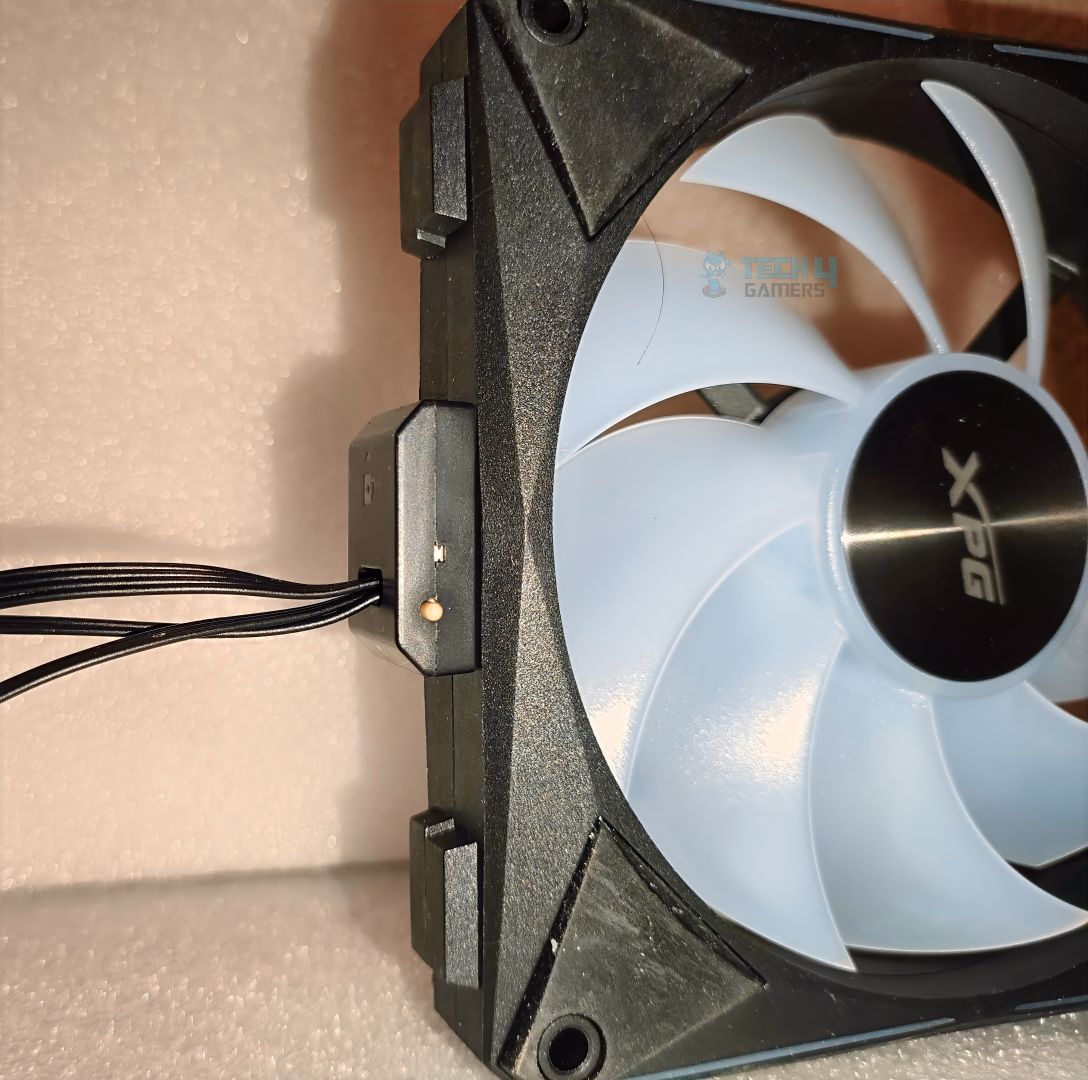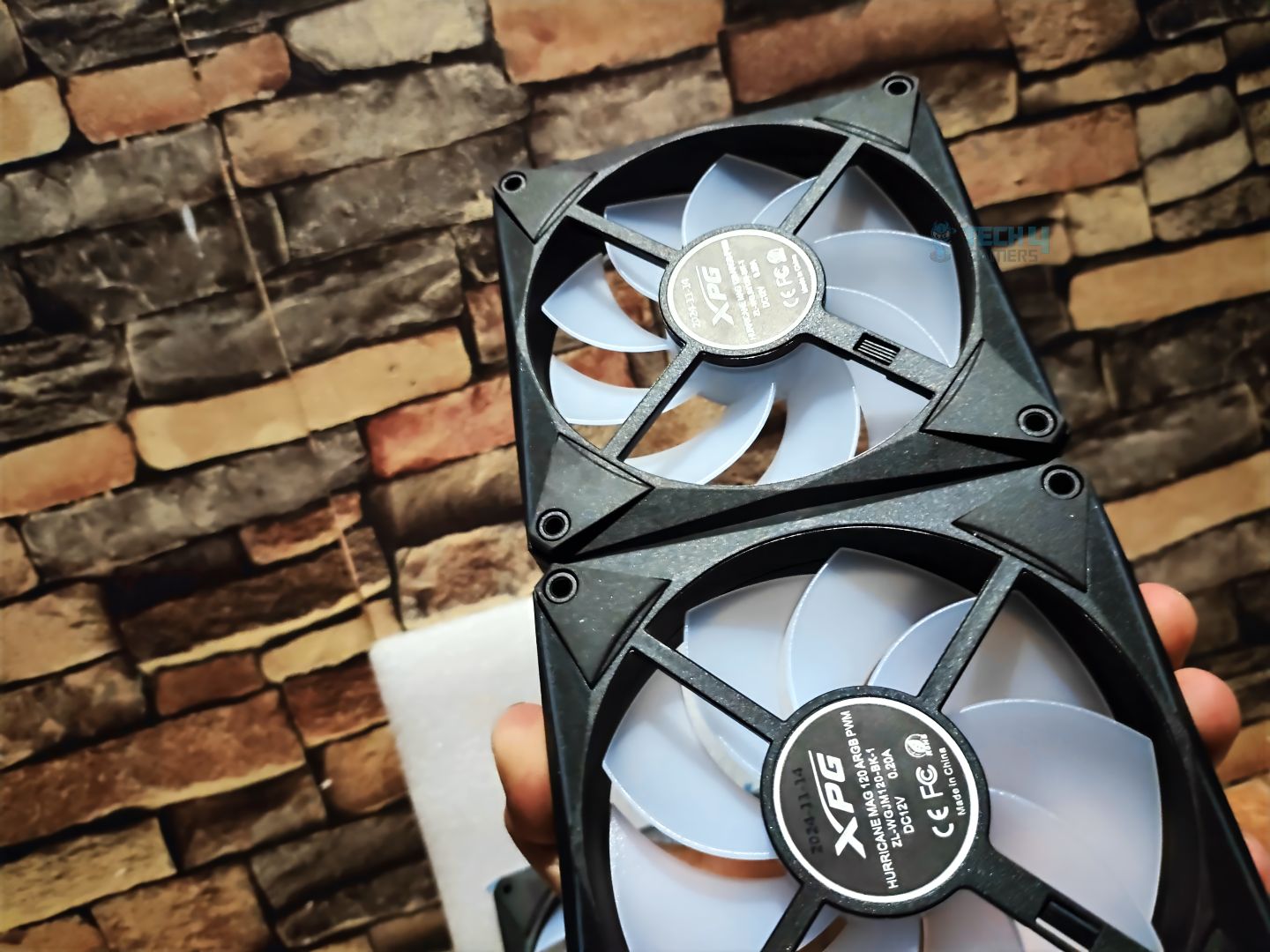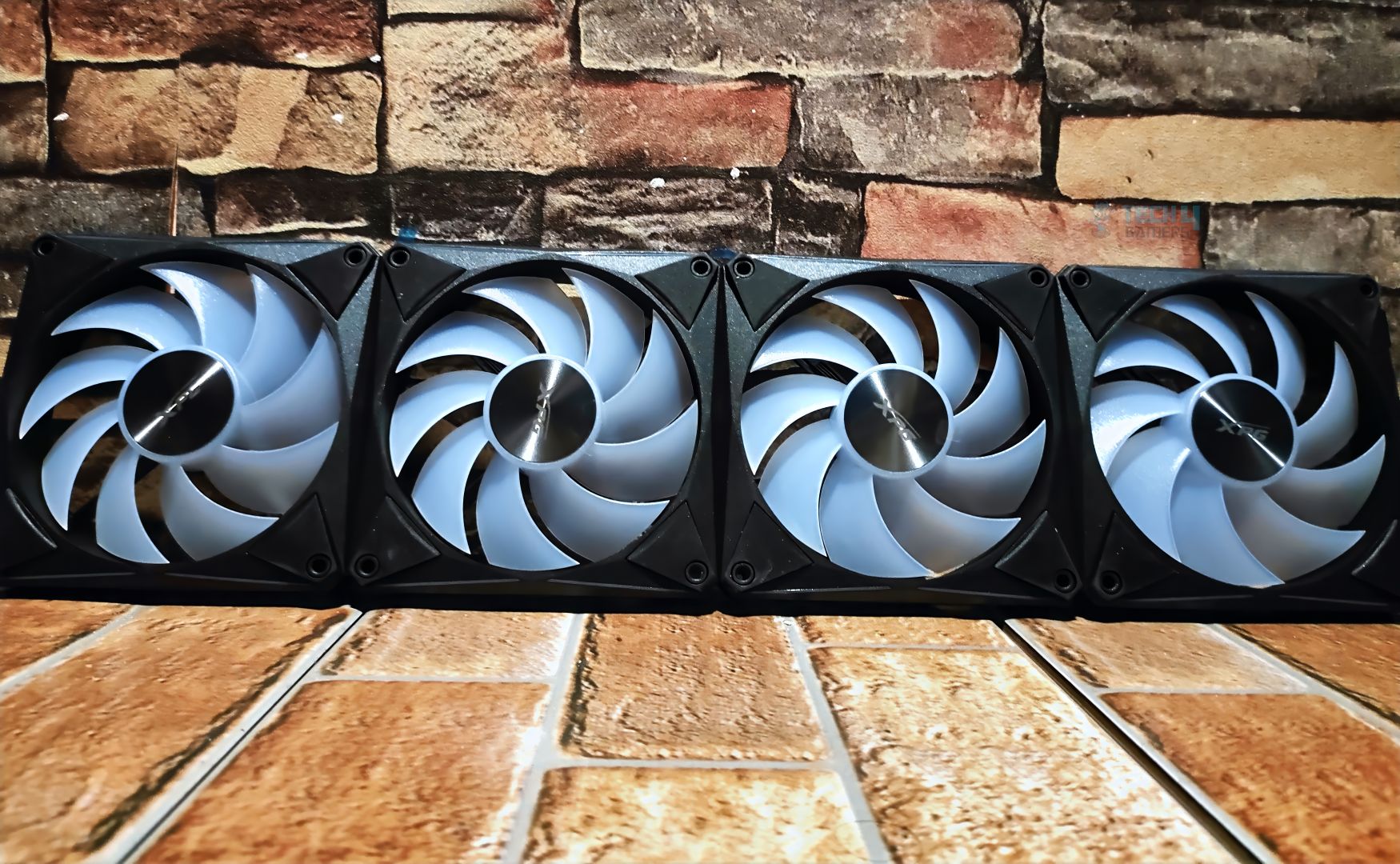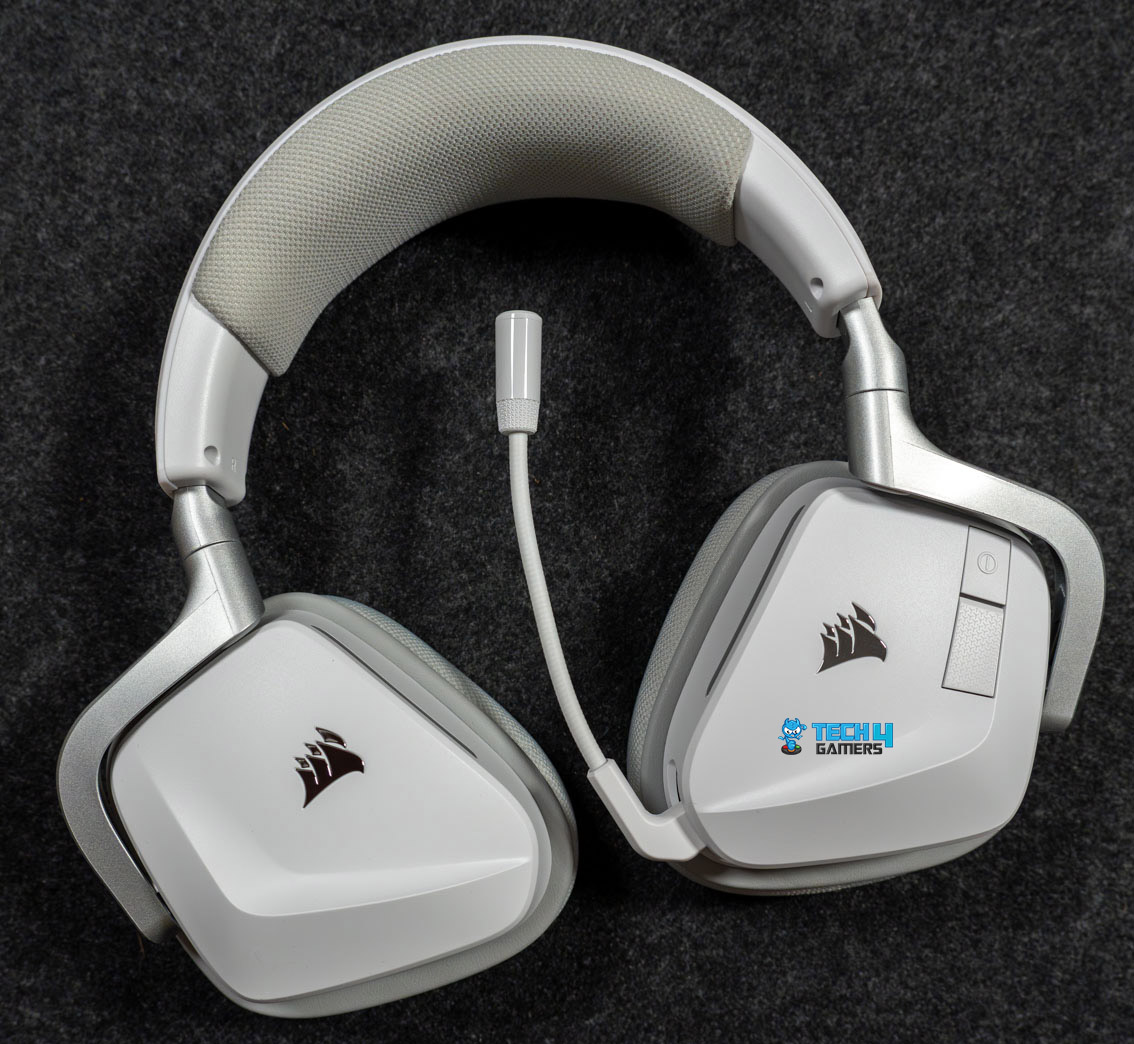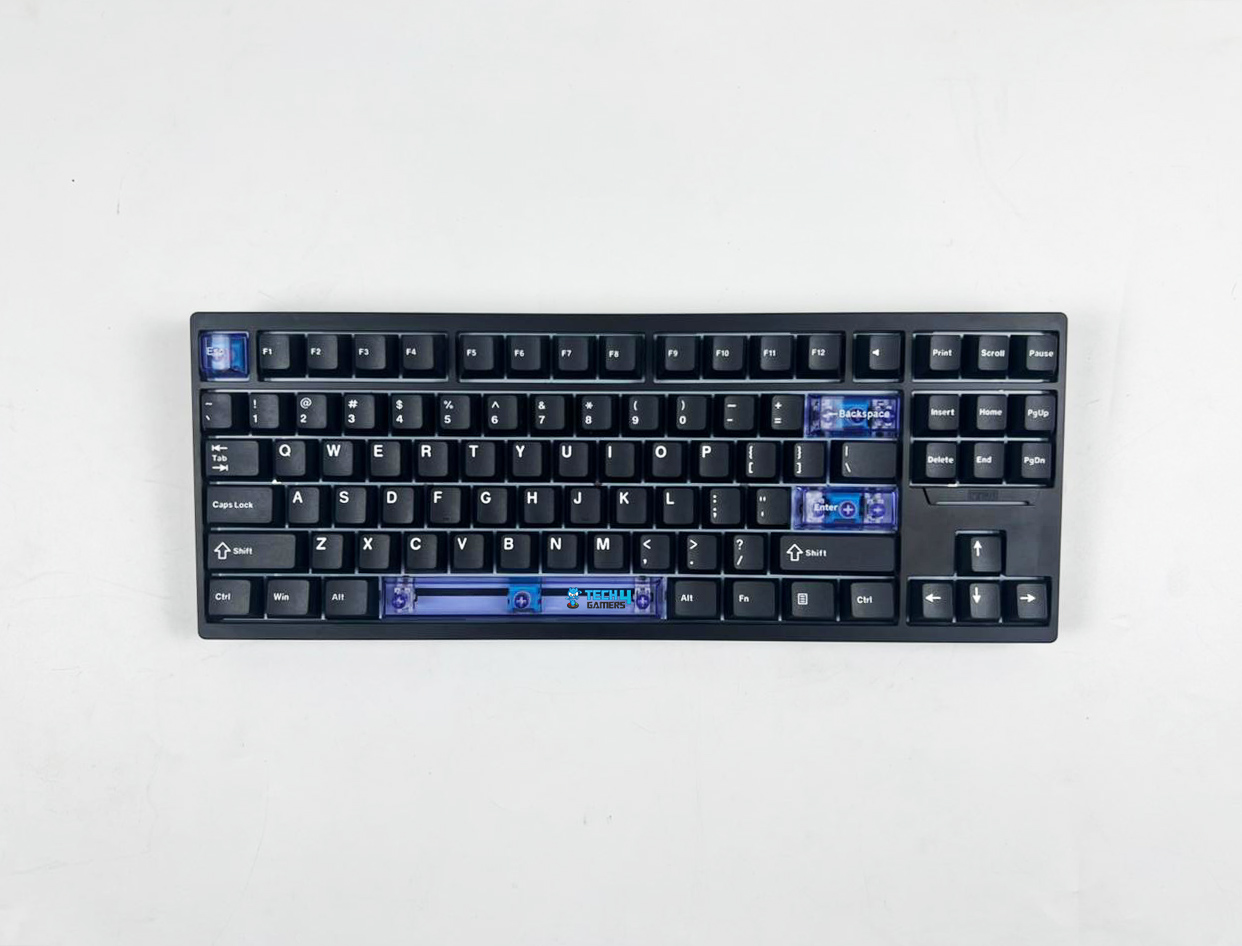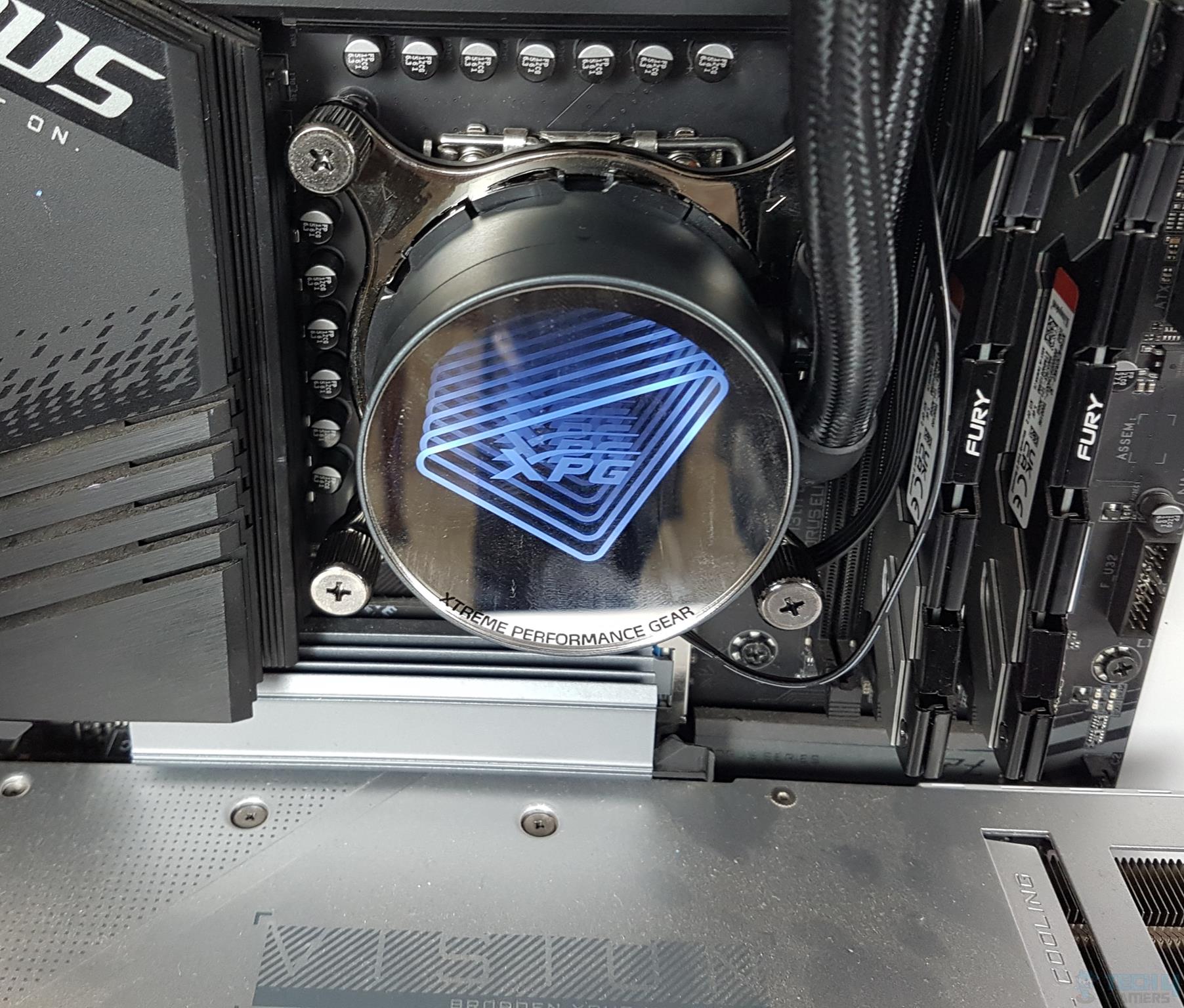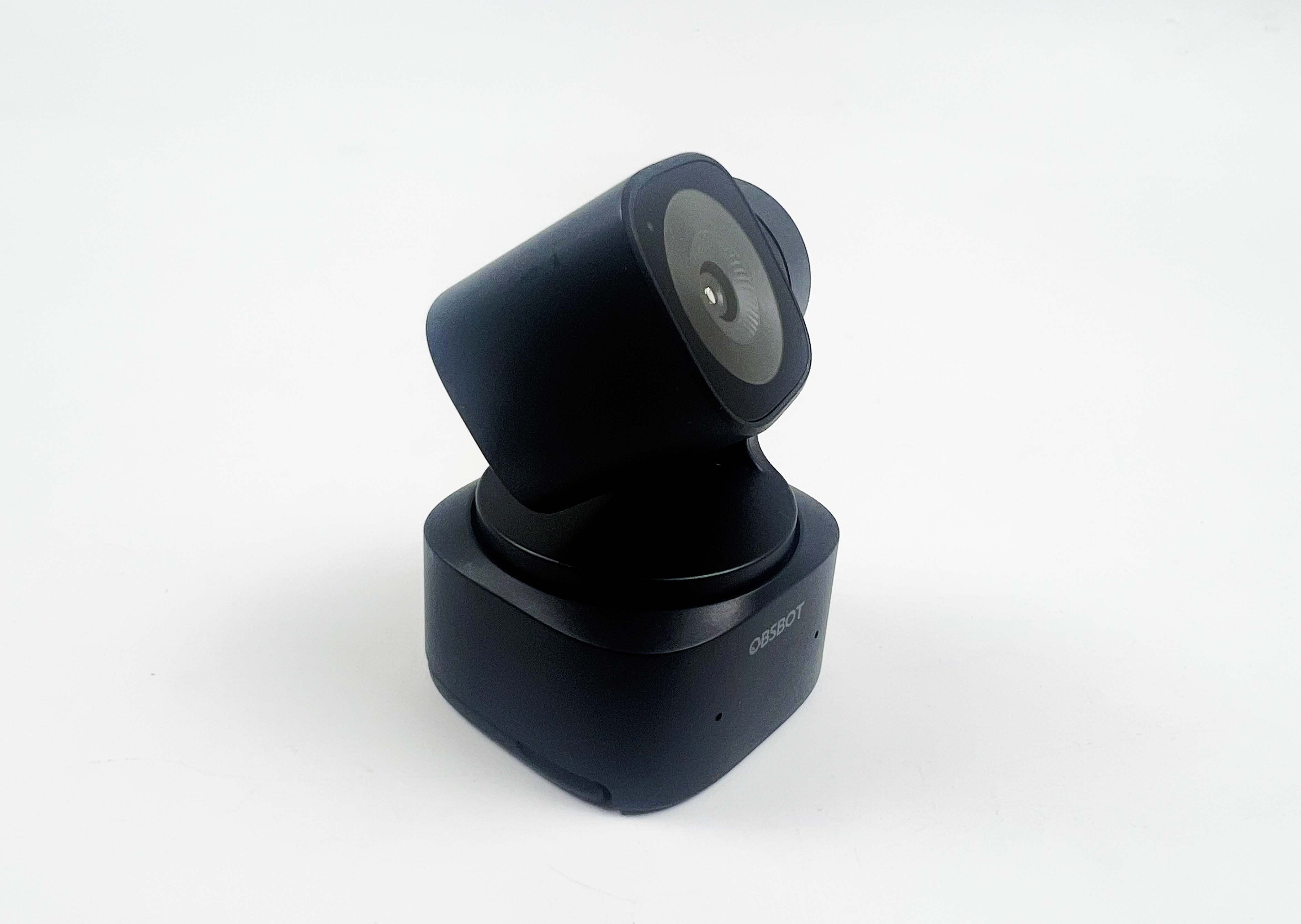One Click, Two Directions
Review Summary
The XPG Hurricane Mag 120 ARGB fans are easy to set up and work really well. They have a smart design where you can change the airflow direction with one click, so you don’t need to flip the fans around. The fans connect with magnets and use just one cable, so not only the installation is simple but the build also looks neat. In terms of performance, they deliver strong airflow and do a good job cooling, especially when used on radiators. Overall, these Hurricane Mag fans are a solid choice for both new and experienced PC builders.
Hours Tested: 6
Overall
-
Performance - 8/10
8/10
-
Design - 9.5/10
9.5/10
-
Features - 9.5/10
9.5/10
-
Build Quality - 9/10
9/10
Pros
- Four Fans pack
- Effortless Magnetic Connector Layout
- Dual Spin Blade Functionality
- Manual Fan Direction Control on fingertips
- Clutter Free Connectivity
- No Software Required
- Decent Performance
Cons
- The fan-to-fan extension cable length could have been longer.
- Slightly Loud in reverse fan mode at full speeds.
- Two-Pack or Three-Pack options are not available yet.
XPG has had a strong few years with their products, starting with their power supplies, liquid coolers, and storage solutions, which have been the talk of the town in recent years due to their exceptional value for performance. This time, XPG is going to revolutionize their cooling fans with some incredible technology that no one in the industry has yet caught up to. Previously, they had Vento ARGB fans, which they also offered in a reverse-blade variant separately.
However, things have progressed significantly. They have opted for the dual-spin blade fan design, which means you no longer need to purchase the reverse blade fans separately. These fans can now spin in both forward and reverse directions with just one simple click, thanks to their streamlined manual controller design, which is attached to the single cable on the fan.
You can not only change the direction of the fans but also turn them off if you’re cleaning the fans. Not only that, these fans also feature instant magnetic linking, allowing them to be effortlessly removed and installed together without the need for extra cables.
Let’s start with the specs
| Specification | Standard (Counterclockwise) | Reverse (Clockwise) |
|---|---|---|
| Dimensions | 120 x 120 x 25mm | 120 x 120 x 25mm |
| Bearing Type | Rifle Bearing | Rifle Bearing |
| Connector | 4-Pin PWM & 5V 3-pin ARGB | 4-Pin PWM & 5V 3-pin ARGB |
| Speed (RPM) | 300-2000 RPM | 300-2000 RPM |
| Max Air Flow (CFM) | 54.82 ± 10% CFM | 49.27 ± 10% CFM |
| Max Static Pressure (mmH₂O) | 2.74 mm-H₂O | 3.29 mm-H₂O |
| Noise Level (dBA) | 23.36 dBA (Avg.) | 31.36 dBA (Avg.) |
| Rated Voltage | DC 12V | DC 12V |
| Starting Voltage | DC 7V | DC 7V |
| Operating Voltage | DC 7V~12V ± 5% | DC 7V~12V ± 5% |
| Rated Current | 0.2A (Max) | 0.2A (Max) |
| Power Dissipation | 1.56-2.4W | 1.56-2.4W |
| Protection | Auto-Restart | Auto-Restart |
| MTTF | 160,000 Hours / 40°C | 160,000 Hours / 40°C |
| Warranty | 2 Years | 2 Years |
Packaging & Accessories
The unboxing of the fans is simple and straight to the point; the box lists the specifications and the number of features on the front side of the box; on the flip side of the box, you get some demonstrations of the fan’s configurations, which is a nice representation also you can scan the QR code for the detailed instructions, on the rear side of the box you get the fans specifications.
The accessories are straightforward. You receive the guide start guide, a bundle of screws, including radiator screws and case screws, and only two cables. The one cable is a fan-to-fan extension cable in case you want to increase the fans in future, and you also get one cable controller connection that powers the fan and enables the dual-spin functionality with a click on the controller; that single cable has three connectors to the end which goes in the motherboard for the PWM header and ARGB header, and the reset header that needs to be connected to the case’s reset switch so you can change the direction of the blades from the case.
| Accessory | Details |
|---|---|
| Start Guide | Yes |
| Fans Included | 4 |
| Cables | 1x Power Cable, 1x Fan-to-Fan Extension |
| Screws | 3x Packs of M3x29x4, 3x Packs of #6-32×4, 3x M5x10x4 |
Closer Examination & Build Quality
XPG has moved to the square shape of the fan, as we have seen in the previous hurricane fans this is probably due to the magnetic functionality. The fan includes the 9 blades and features the Rifle Bearing instead of Fluid Dynamic Bearing as we have seen in their previous fans. However, they’re better than the standard sleeve bearing. The Mean time to failure of these fans are up-to 160,000 hours.
The blades features the sleek and curved design. On the frame at each corner, they have also provided rubberized material on all four sides near the mounting for reduced vibrations. The fan has a thickness of 25mm. The fans are rated at 0.2A current for each fan, but there is one thing to note.
These fans don’t perform equally in dual-spin mode. Yes, both modes can spin the fans at the 2000RPM, but here is the catch: when the fans are running clockwise (reverse), the fan will make extra noise, which is 31dB as compared to the counterclockwise 23dB on average with the slight difference of airflow 55CFM (Standard) vs 49CFM (reverse) but reverse mode can create more static pressure, it can overcome greater resistance and making it more effective for pushing air through obstacles. We suggest using the reverse mode if you want to use it for the radiators.
ARGB Lighting
The fans exhibit intense lightning; the Lights emanate from the edges of the fan blades. These fans support customizable ARGB lighting, which is adjustable via the motherboard’s ARGB software. In our case, we are using the OpenARGB Open-Source tool to control the ARGB on our fans. The ARGB cable goes to the motherboard’s ARGB 5v Header; The LED Rated current is 0.86A .
The LEDs are also embedded along the verticle edges of the fan frame. The XPG logo is also highlighted in the frame. The strips are evenly placed and aligned, providing decent and polished aesthetics. The positive news is that the fans do not come with extra ARGB cables. For ARGB connectivity, we will cover it in our fans’ connectivity section.
Fans Connectivity & Installation
The fan’s connectivity is effortless, even for beginners. You no longer have to deal with tons of cables hanging from the fans. These fans have two magnets on the rear side. You don’t need to slide the fans into place, just as we have seen with the Lian-Li fans. The fans need to be aligned and held firmly in place and then connected. You will sense the difference once the fans are installed. Here is the video for the demonstration below
The good thing is that you don’t need any kind of hub or controller separately, as the cable has a built-in controller that includes a click button to change the direction of the fans.
The cable connection to the fan is also effortless. Just. Simply place the connector on the fan switch on the rear side, apply gentle pressure, and slide it slightly upwards to lock the connector in place.
The cable has three connectors: PWM, ARGB, and the reset switch cable (optional). You don’t need to install the reset cable for the fan to function correctly. The reason they have included it is so you can change the fan direction from your case reset switch, which is convenient. You also get the fan-to-fan extension cable if you want to install the 4th fan inside the case, but we’re disappointed that the extension cable is not long enough. The fourth fan is useless if you have a big case.
Testing Methodology
We will be testing the fan’s cooling performance to see if it effectively cools the CPU. We have installed it on the radiator. We’re using Deepcool Mystique 360 on our Hyte Y70 case installed at the top as the exhaust. We have placed the fans on the radiator to check it’s effective cooling.
We have tested the four profiles (25%, 50%, 75%, and 100%) and validated each through multiple runs in the CPU stress test, using Cinebench R23 to stress the CPU for 10 minutes. In the comparison, we are using ID-Cooling AF-127-K ARGB and Stock Deepcool Mystique FD-12 Fine-Tuned Fans.
Here is our case fan configuration:
| Component | Fan Model | Size | Quantity | Position | Direction |
|---|---|---|---|---|---|
| Cooler | Deepcool Mystique 360 ARGB | 120mm | 3 | Top | Exhaust |
| Rear | Lian Li Uni-Fan | 120mm | 1 | Rear | Exhaust |
| Side | Noctua NF-A12x25 PWM | 120mm | 2 | Side | Intake |
| Bottom | Deepcool FD-12 PWM | 120mm | 3 | Bottom | Intake |
We are using positive air pressure configuration in our case. All case fans are locked at 50% maintaining the adequate cooling in the case.
The following setup was used for testing:
- CPU: AMD Ryzen 7 9700X, 105W TDP Unlocked
- RAM: XPG Lancer 16×2 6400MT/s CL28 (Tuned)
- Motherboard: MSI B650 TOMAHAWK WIFI
- Cooler: Deepcool Mystique 360 Liquid Cooler ARGB
- GPU: ZOTAC SOLID RTX 5080
- Case: Hyte Y70
- BIOS: 1N – AGESA ComboAM5 1.2.0.3c
- Windows Version: Windows 11 24H2 (OS Build 26100.4351)
Test Results And Observations
Let’s go through all the results and observations.
Fans RPM Readings
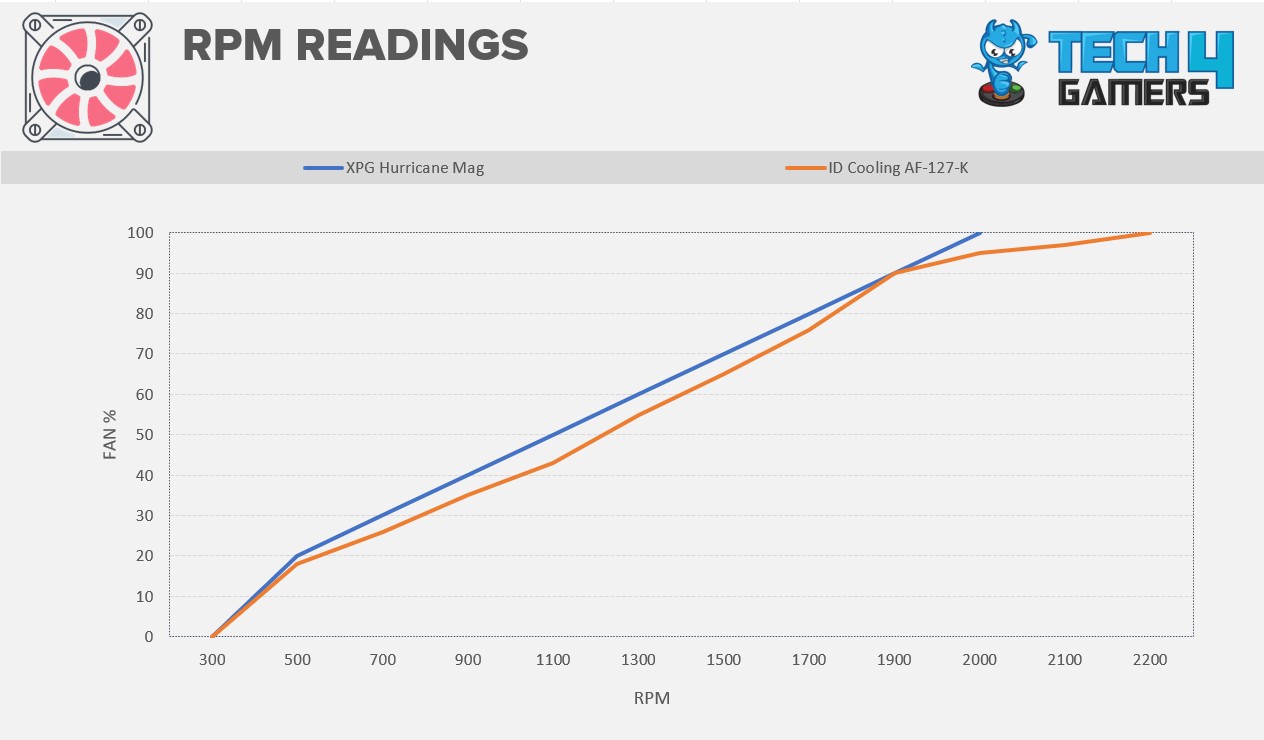
To kick things off, we have started by examining the RPM readings and reviewing the fan profile curves. Regarding speed, the fan spins at 0 RPM, and the limb climbs at 2000 RPM, as advertised. In our comparison, we are using AF-127-K, which has an aggressive fan profile. Overall, the fans exhibit a decent fan curve.
Cooling Performance
25% Fan Speed

50% Fan Speed

75% Fan Speed

100% Fan Speed

The XPG Hurricane Mag 120ARGB performed very decently across all tests and is usable for CPU radiator cooling. At speed, the fan provides excellent performance; if we compare it to the 100% Fan Speed, the fans are only 2°C worse but with less noise.
Should You Buy It?
Buy It If
✅ If you want fans that offer dual spin functionality, these fans are usable as both exhaust and intake with a single click. If you want to use them as an intake, you can enable the reverse mode without purchasing any additional fans.
✅ You’re building a PC and need a clutter-free experience: Thanks to its magnet feature, which allows you to connect up to 4 fans with a single cable that goes into the motherboard.
Don’t Buy It If
❌ Your case has limited compatibility for the fans: The fans currently come in the four-pack option. It would have been great if they had at least provided the two-pack option.
Final Thoughts
The main headline for the XPG Hurricane Mag 120 ARGB is its connectivity and clutter-free experience. The fan offers dual-spin functionality, meaning it can turn into either exhaust or intake with a single click, allowing you to change the fan configuration in the future if needed. You want to put the fans on the top for exhaust, or you want to install the fans in the front for the intake. You can do both with a single click on the controller without changing the sides. That is something revolutionary.
Most brands are copying and pasting other fans available on the market, but XPG has something different here. The pricing is currently unknown, but we hope it won’t be too expensive. Considering the XPG track record, the XPG Hurricane MAG requires no bloatware or additional software to be installed on the PC, providing a plug-and-play experience. The ARGB is another positive aspect. The LEDs are not blasting. They have also made changes to the vertical edges on the side where the XPG logo is illuminated, also giving a nice aesthetic touch.
The performance of these fans is decent for the mid-range gaming system. One thing that disappointed us was that the extension cable for the fans could have been a little longer. We are not referring to the power cable that plugs into the motherboard but instead to the fan-to-fan cable extension that connects the fourth fan to the existing fans.
The larger case or the large tower case would have a problem installing the four fans. XPG has something different here, as most brands offer only three-fan packs, but they’re offering four fans in the box. The four fans could help with the 420mm radiators, but these liquid coolers are not mainstream and very expensive. It’s excellent that XPG is not leaving the enthusiastic people stranded here. The fans are also available in two colors: black and white.
Thank you! Please share your positive feedback. 🔋
How could we improve this post? Please Help us. 😔
I’m Usman Sheikh, a Senior Hardware Reviewer at Tech4Gamers with over a decade of experience in the tech industry. My journey began in 2014 as a senior administrator for Pakistan’s largest gaming community forum. Passionate about PCs and hardware, I specialize in testing and reviewing components like graphics cards, CPU coolers, and motherboards, while also sharing insights on overclocking and system optimization.


 Threads
Threads
